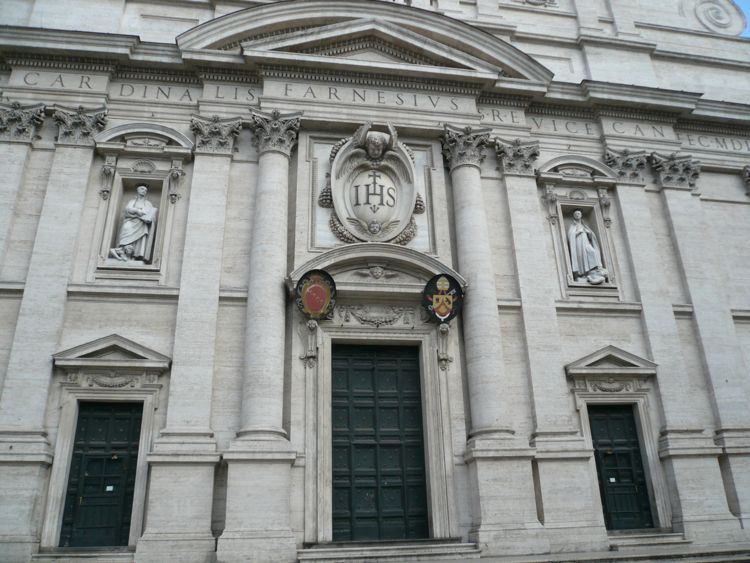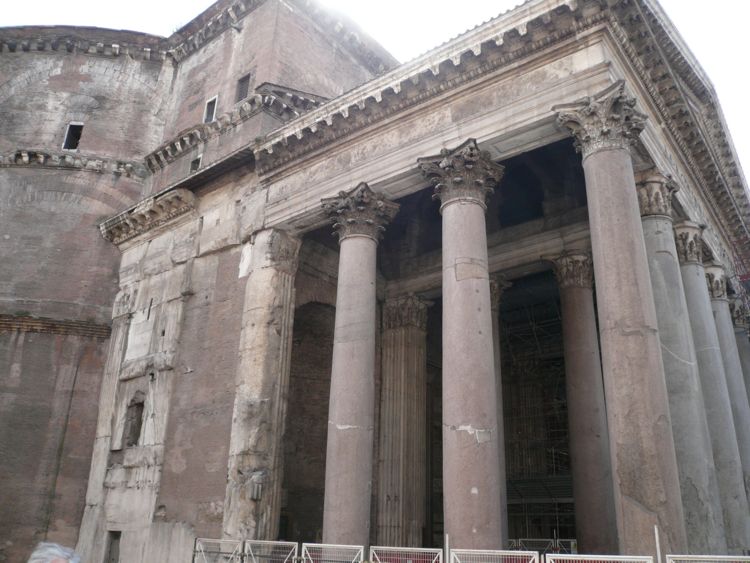Rome On Our Own Part Two (Page Thirteen)

Gladiator training school remains

Did you know? - The Ludus Magnus or The Great Gladiatorial Training School is the largest of the gladiatorial arenas in Rome, Italy. It was built by the emperor Domitian (81-96 AD) in the valley between the Esquilino and the Celio, an area already occupied by Republican and Augustan structures. The still visible ruins of the monument belong to a second building stage attributed to the emperor Trajan (98-117), where the Ludus plane was raised by about 1.5 m.
The remains of the complex were discovered in 1937, but only 20 years later excavations were terminated. The name and construction period of Ludus Magnus are known, thanks to antique sources. There is also its blueprint that was found among some fragments of the marble city plan (Forma Urbis) drawn in the Severian age (early third century AD). However, there were great doubts about where it was located in the general topography of ancient Rome, so that it can now be related to a building in Piazza Iside, still visible.
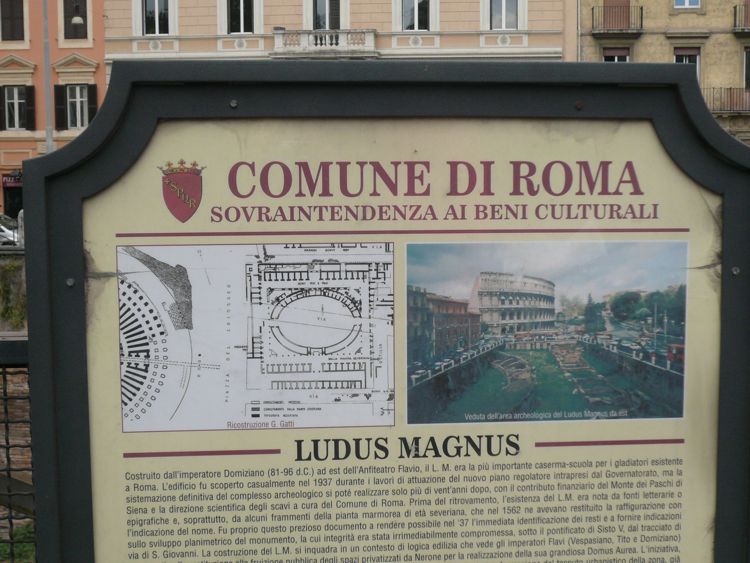

What is likely looked like 2,000 years ago
The Colosseum

Did you know? - The Colosseum, or the Coliseum, originally the Flavian Amphitheatre (Latin: Amphitheatrum Flavium, Italian Anfiteatro Flavio or Colosseo), is an elliptical amphitheatre in the centre of the city of Rome, Italy, the largest ever built in the Roman Empire. It is considered one of the greatest works of Roman architecture and Roman engineering.

Did you know? - Capable of seating 50,000 spectators,the Colosseum was used for gladiatorial contests and public spectacles such as mock sea battles, animal hunts, executions, re-enactments of famous battles, and dramas based on Classical mythology. The building ceased to be used for entertainment in the early medieval era. It was later reused for such purposes as housing, workshops, quarters for a religious order, a fortress, a quarry, and a Christian shrine.

Did you know? - The Colosseum's original Latin name was Amphitheatrum Flavium, often anglicized as Flavian Amphitheater. The building was constructed by emperors of the Flavian dynasty, hence its original name, after the reign of Emperor Nero. This name is still used in modern English, but generally the structure is better known as the Colosseum. In antiquity, Romans may have referred to the Colosseum by the unofficial name Amphitheatrum Caesareum; this name could have been strictly poetic. This name was not exclusive to the Colosseum; Vespasian and Titus, builders of the Colosseum, also constructed an amphitheater of the same name in Puteoli (modern Pozzuoli).

Cross section
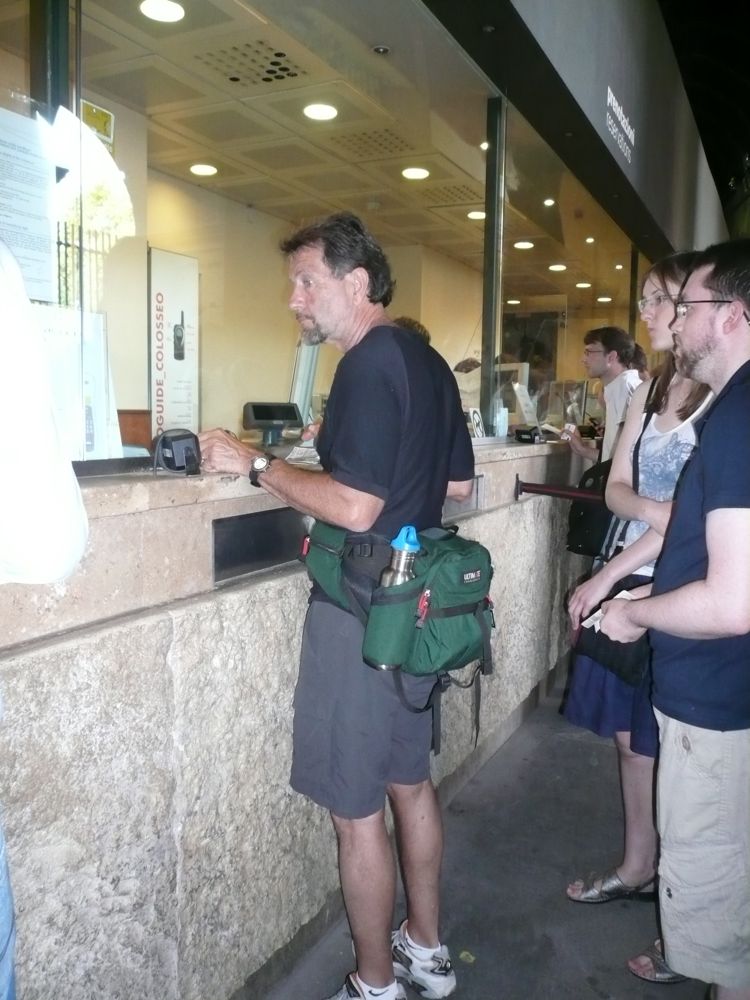




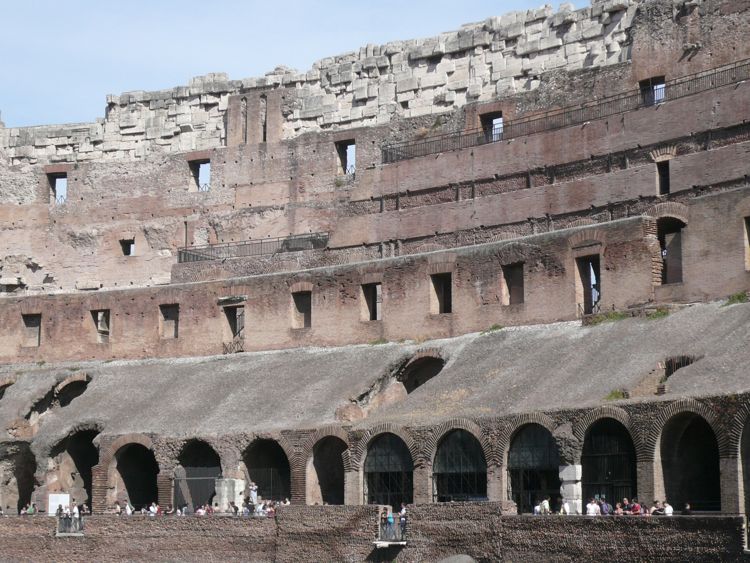
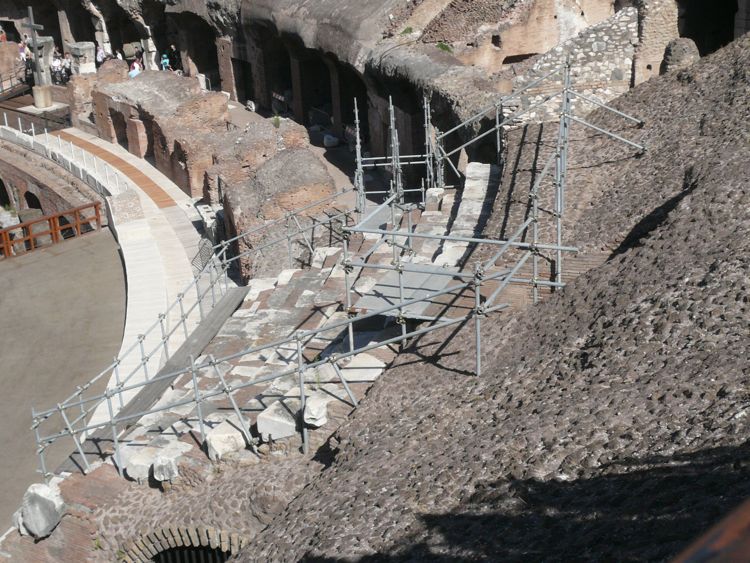


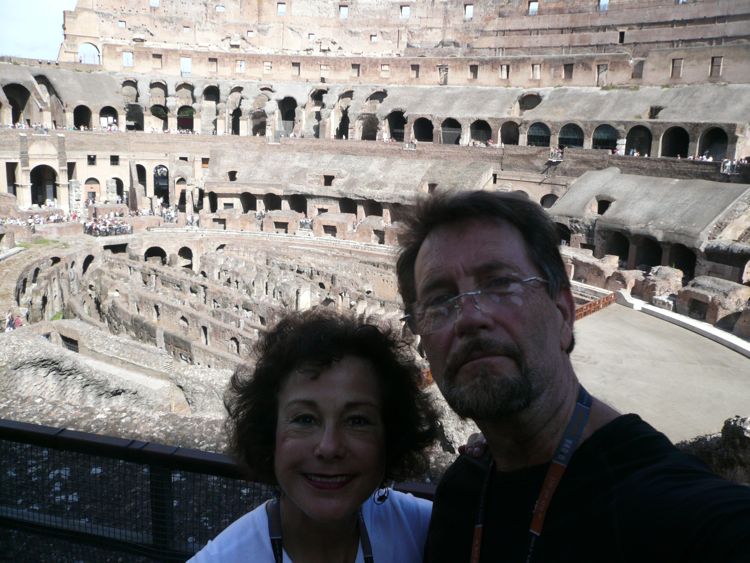







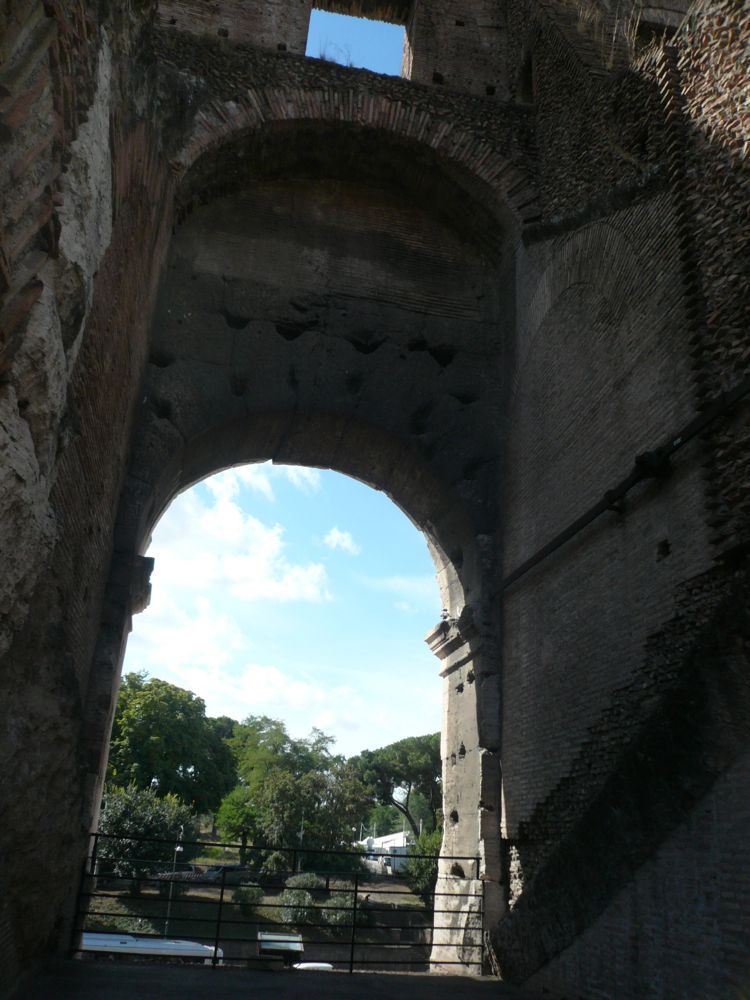
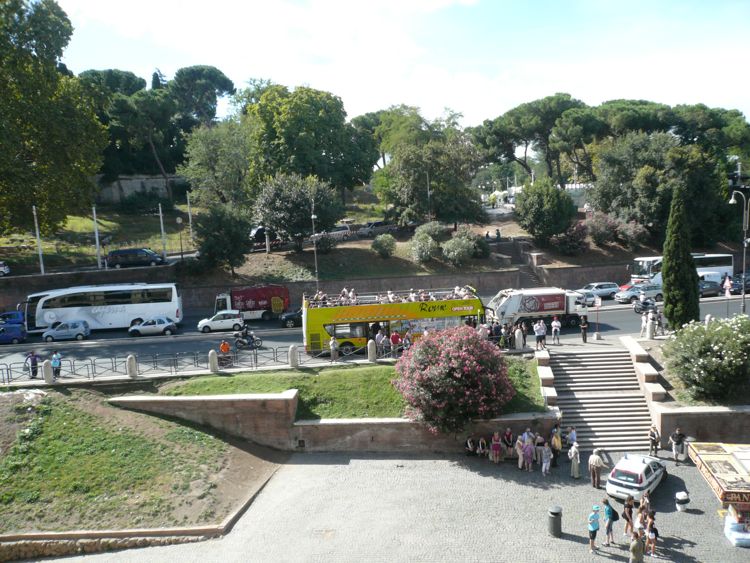


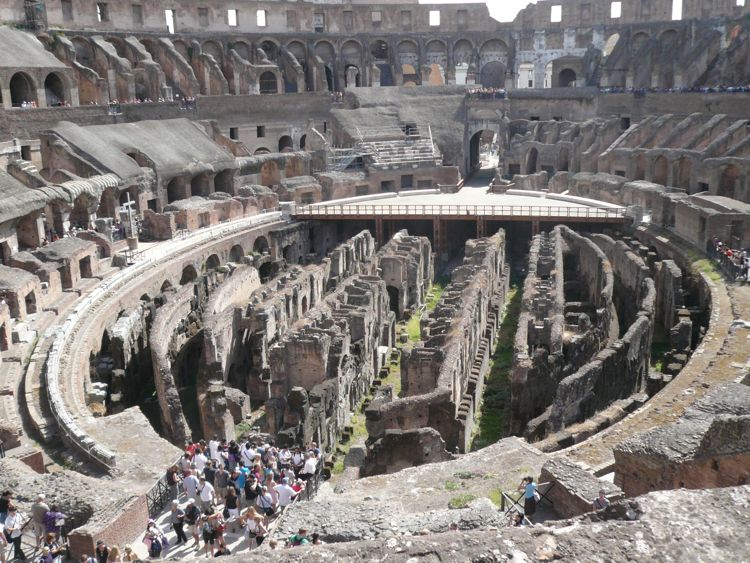





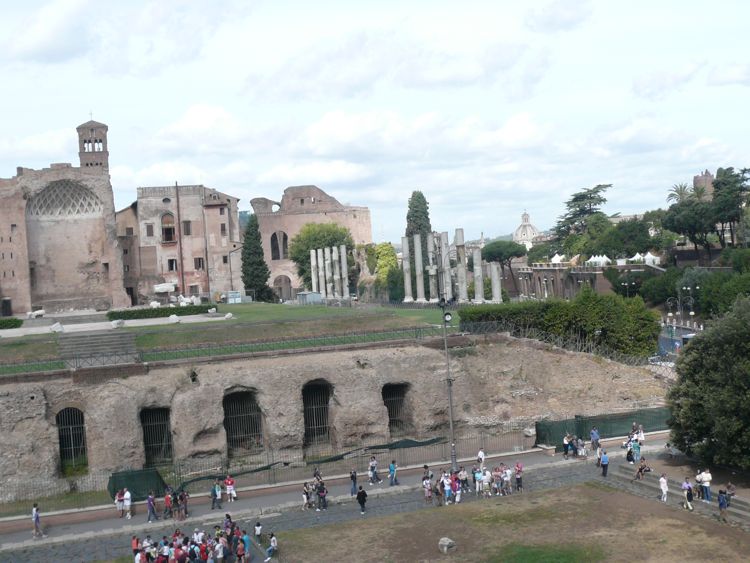
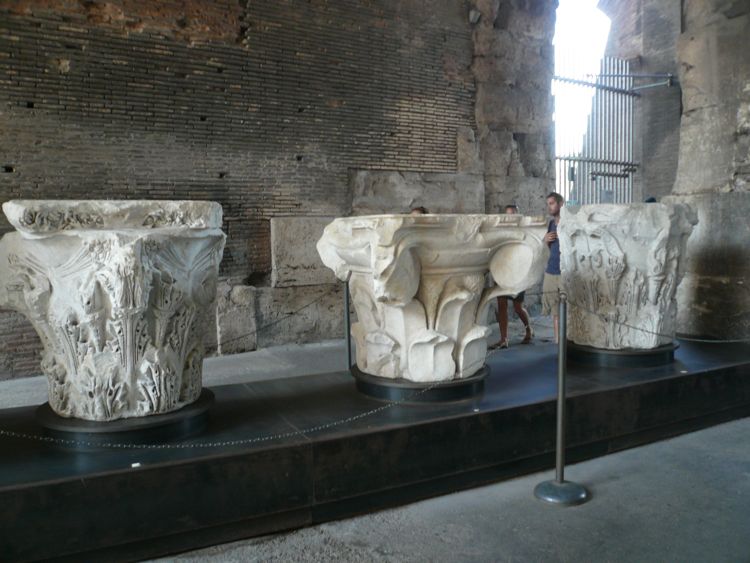
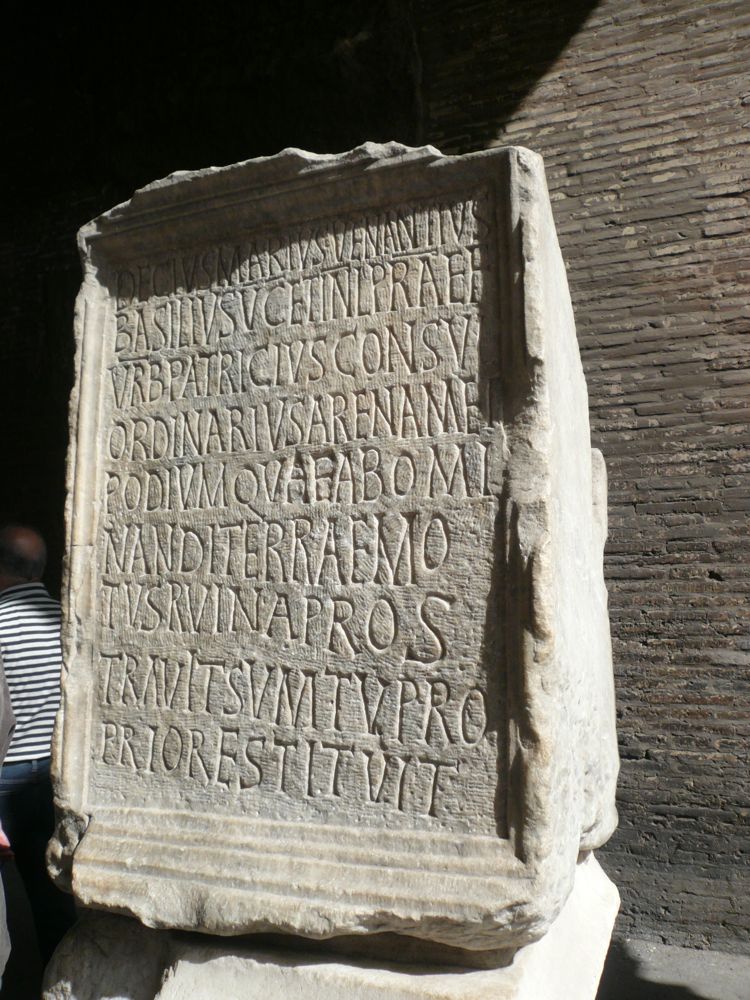

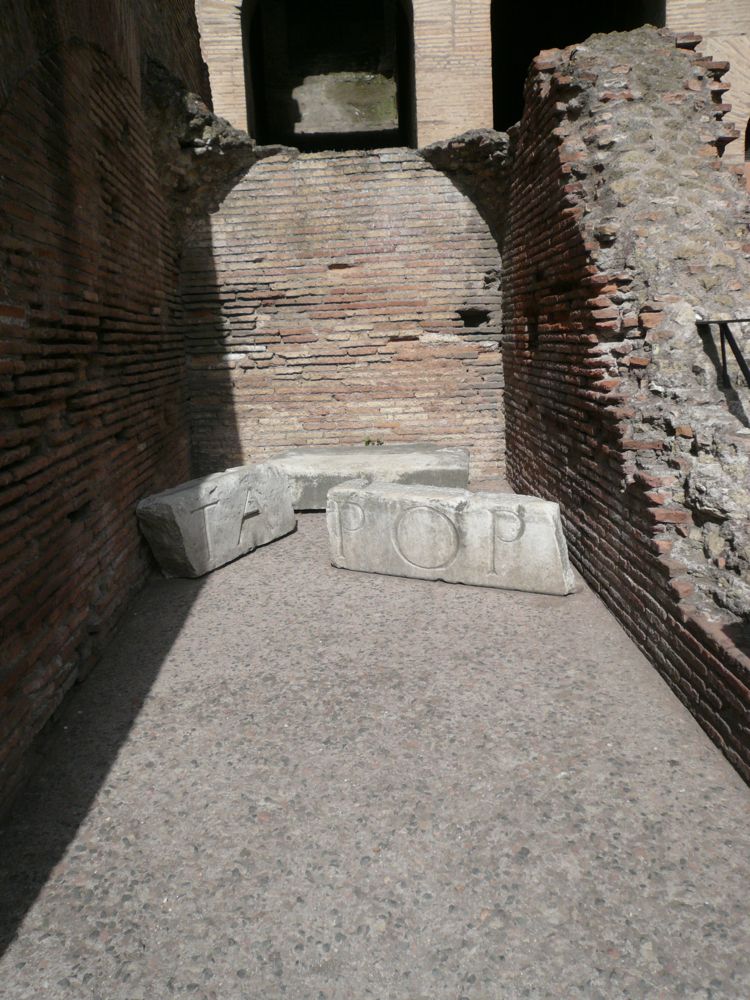



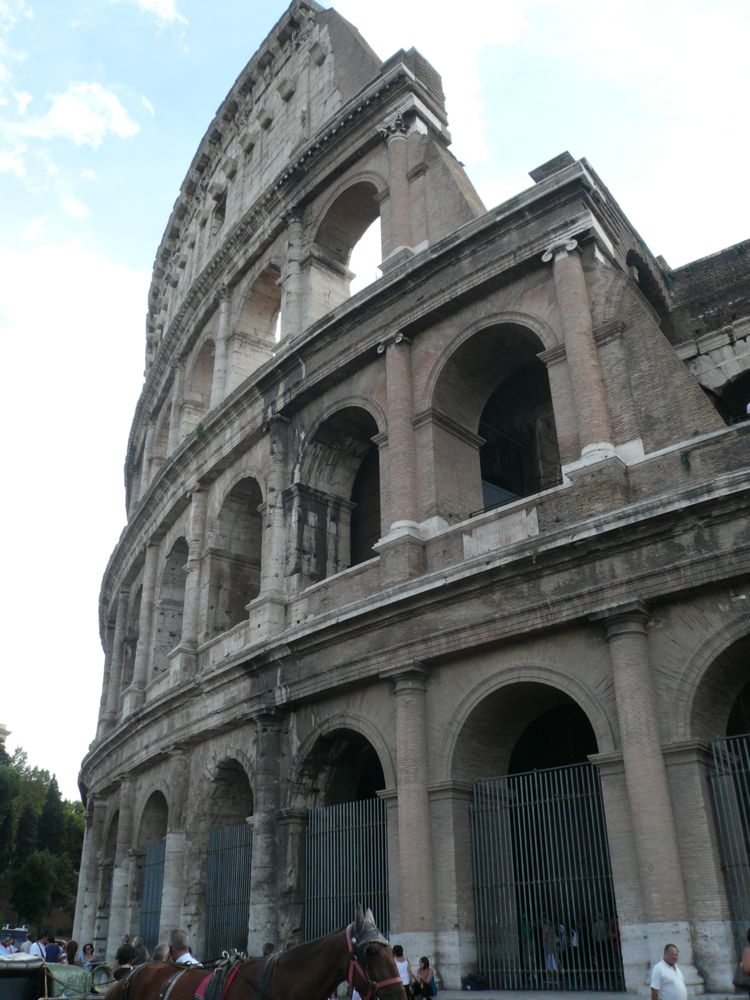
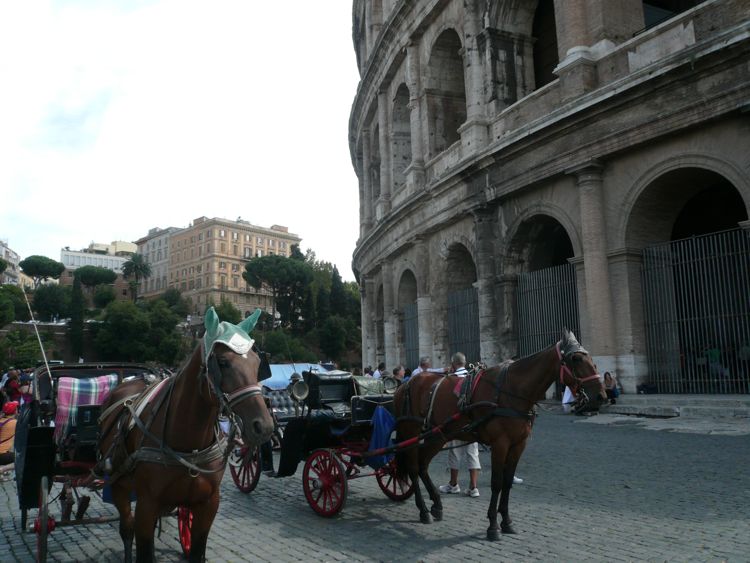
On We Go

Arch of Constintine
Did you know? - The arch is 21 m high, 25.9 m wide and 7.4 m deep. It has three archways, the central one being 11.5 m high and 6.5 m wide, the lateral archways 7.4 m by 3.4 m each. The top (called attic) is brickwork reveted with marble. A staircase formed in the thickness of the arch is entered from a door at some height from the ground, in the end towards the Palatine Hill.
The Arch of Constantine (Italian: Arco di Costantino) is a triumphal arch in Rome, situated between the Colosseum and the Palatine Hill. It was erected to commemorate Constantine I's victory over Maxentius at the Battle of Milvian Bridge on October 28, 312. Dedicated in 315, it is the latest of the existing triumphal arches in Rome, from which it differs by spolia, the extensive re-use of parts of earlier buildings


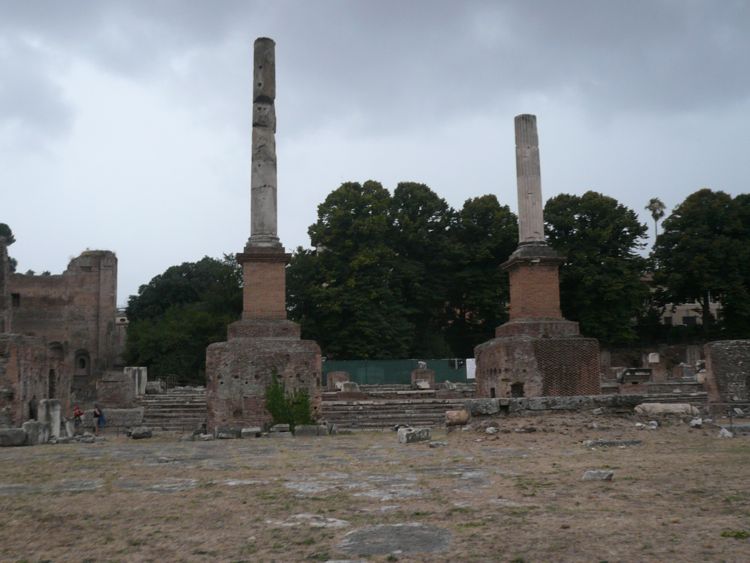


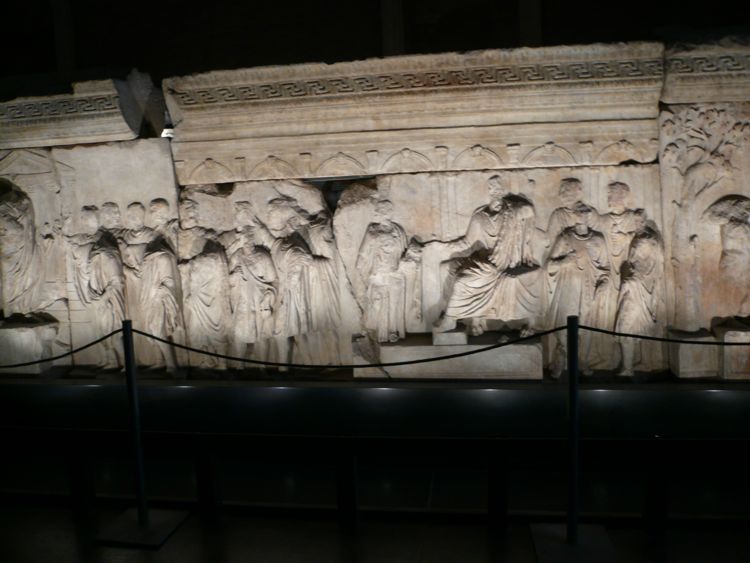

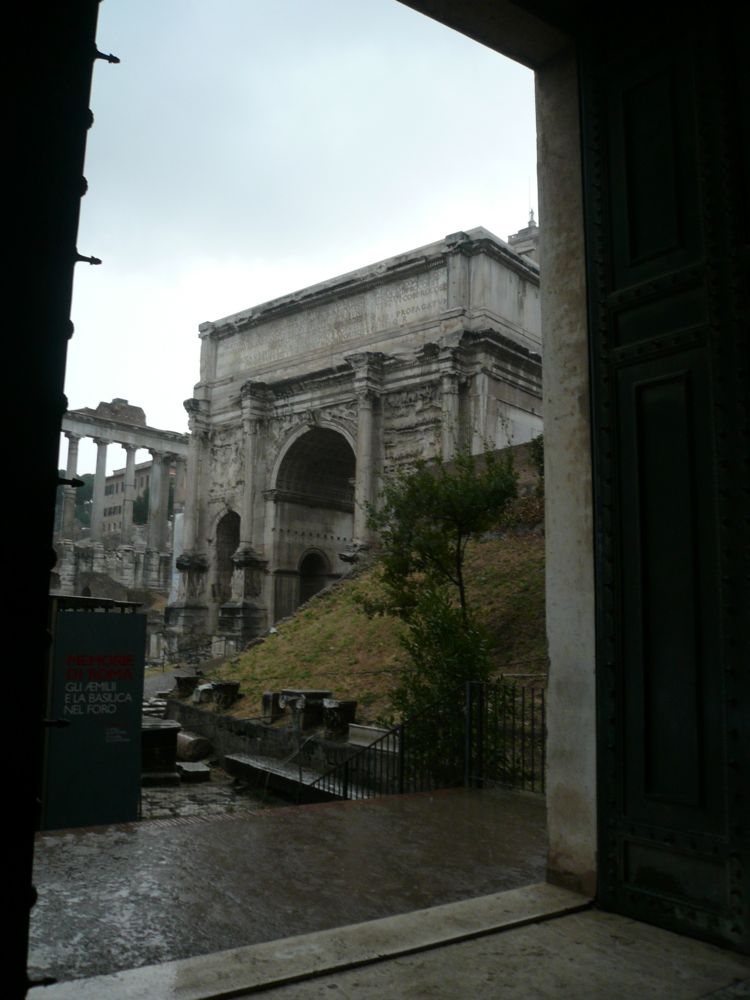
Basilica of Maxentius
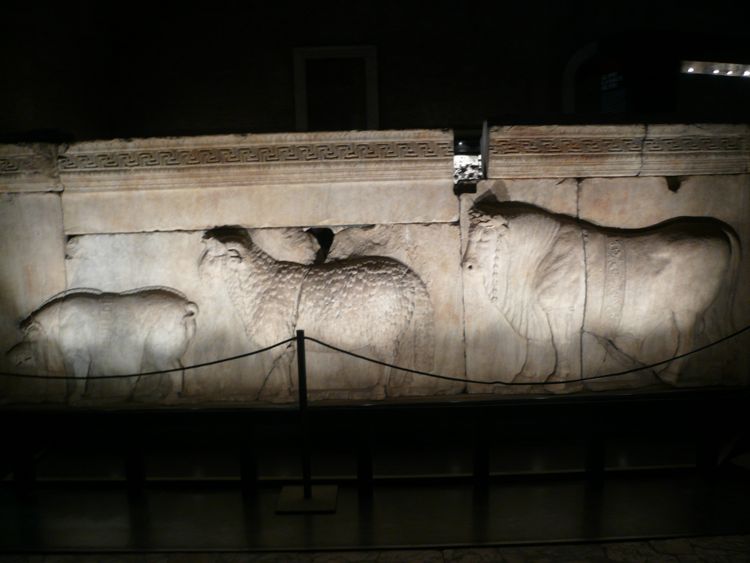
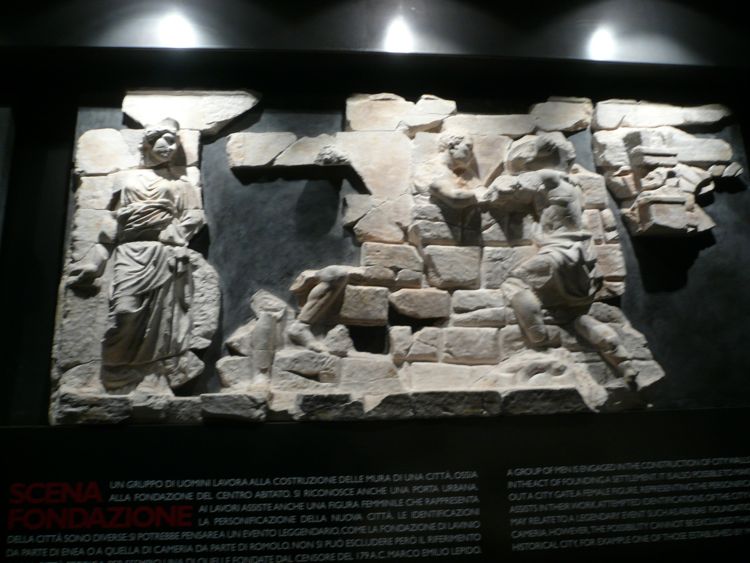





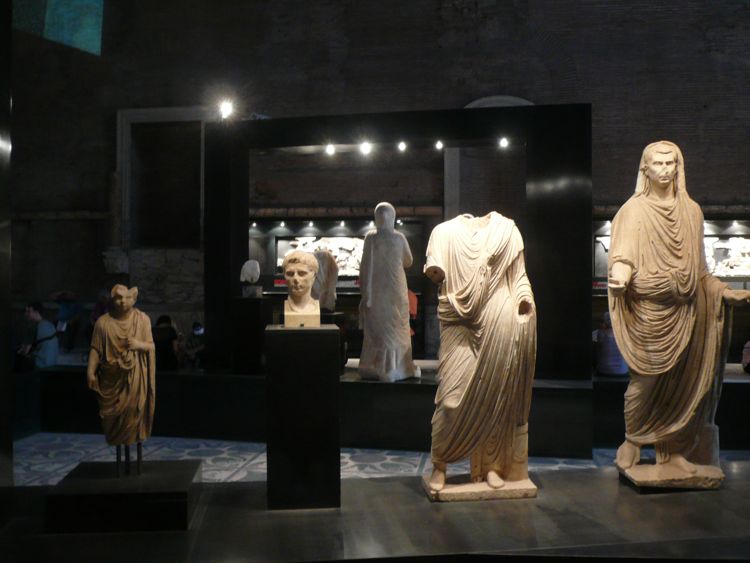



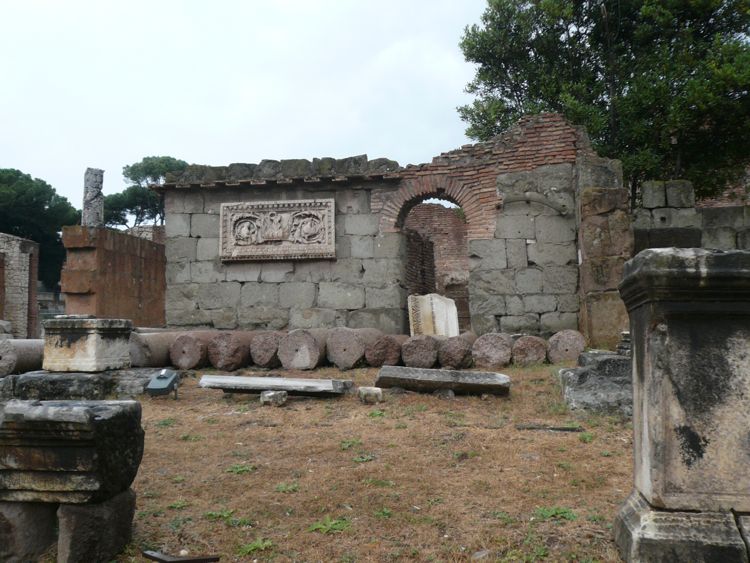

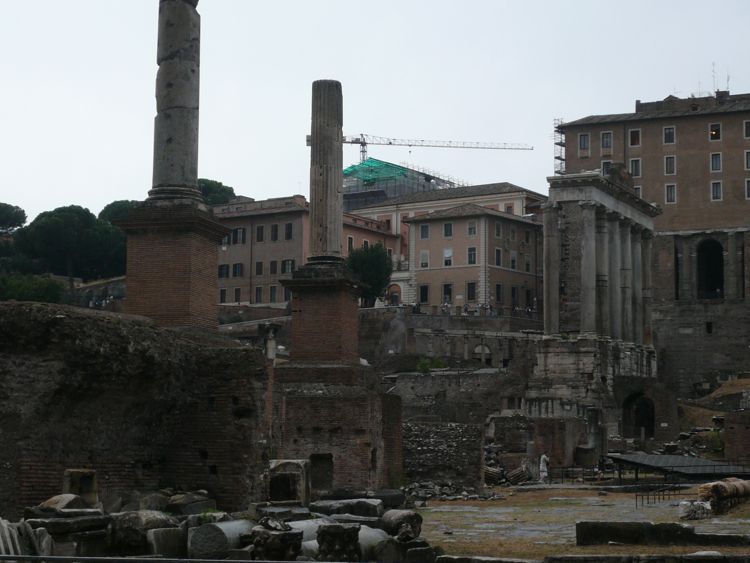




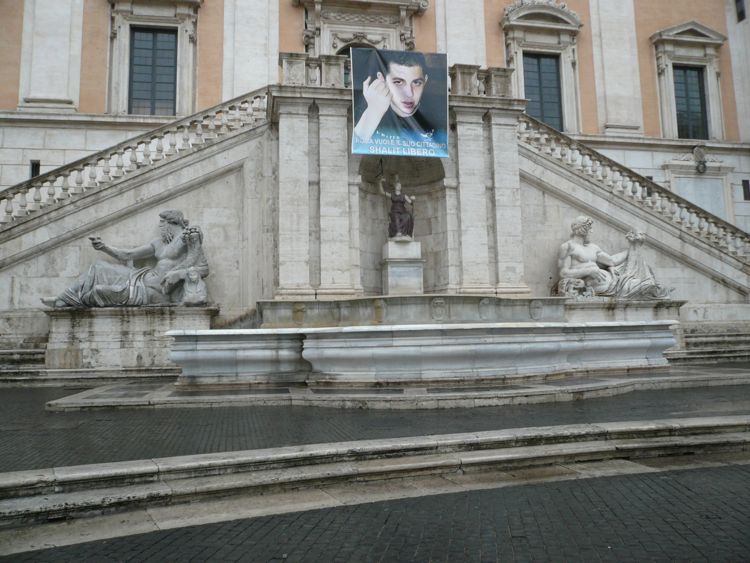
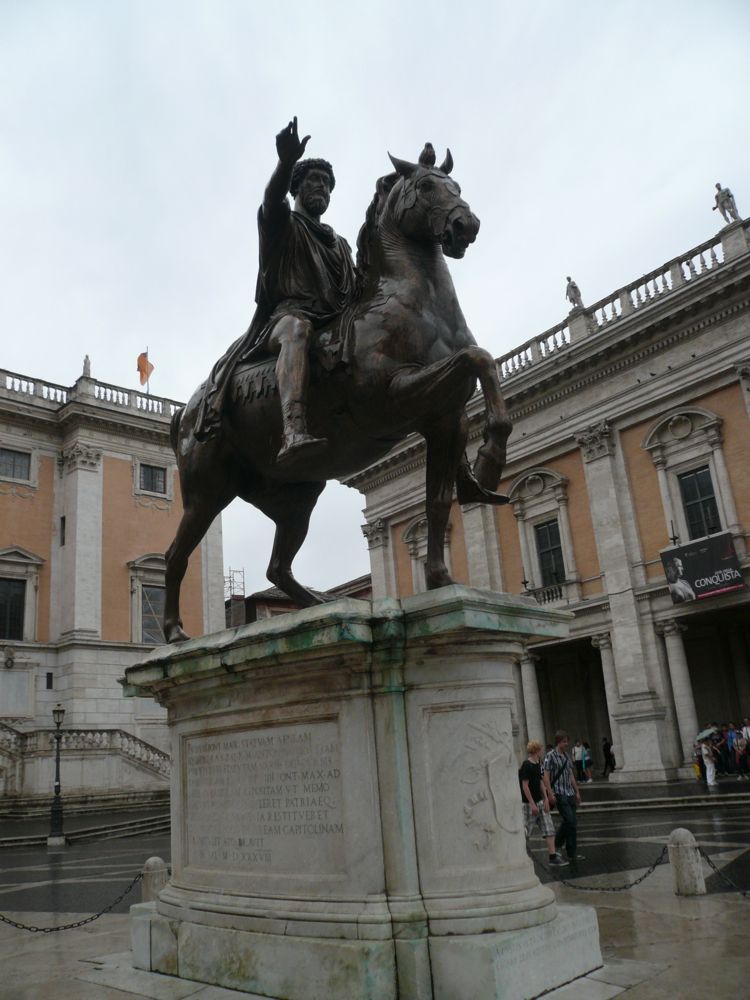
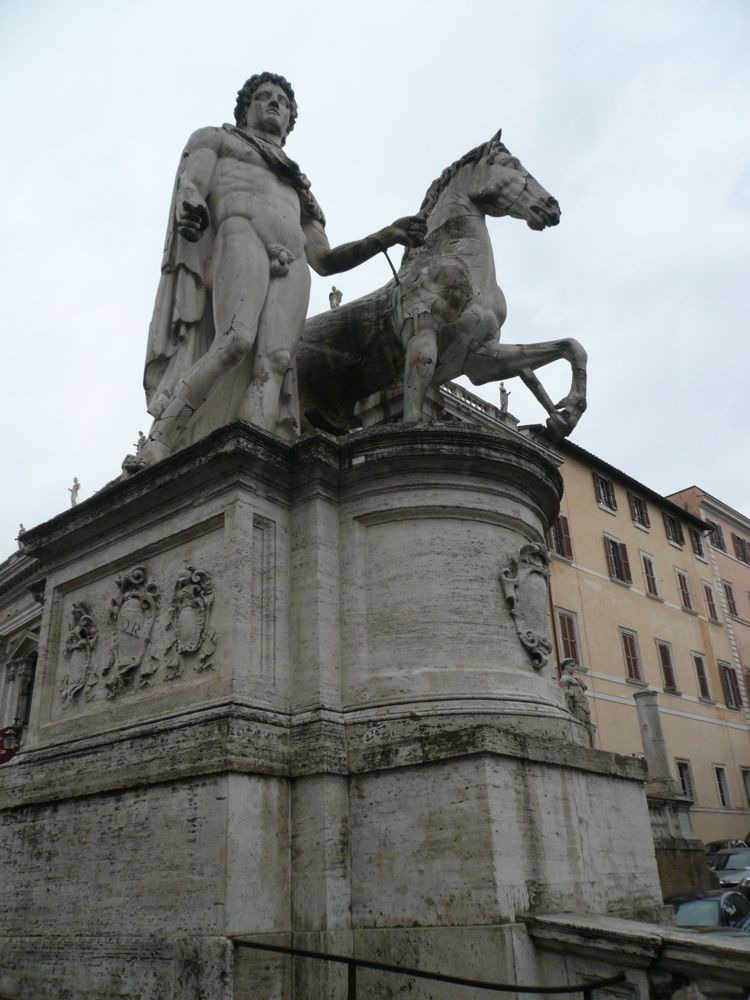
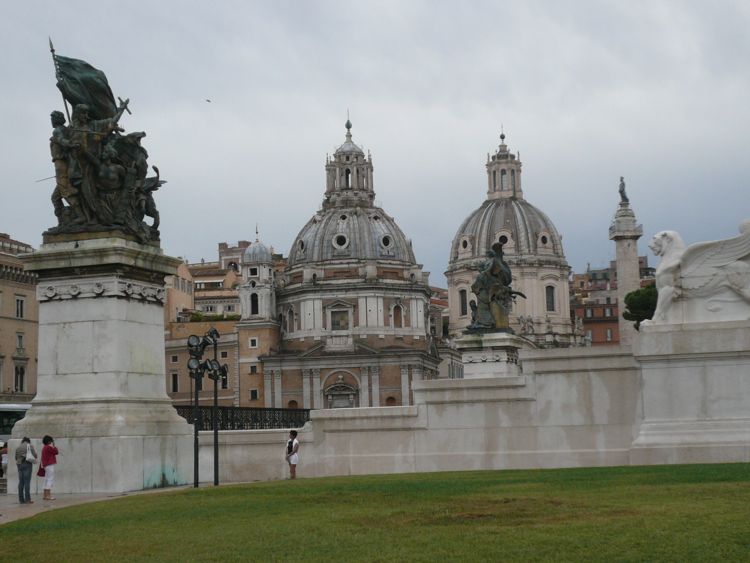



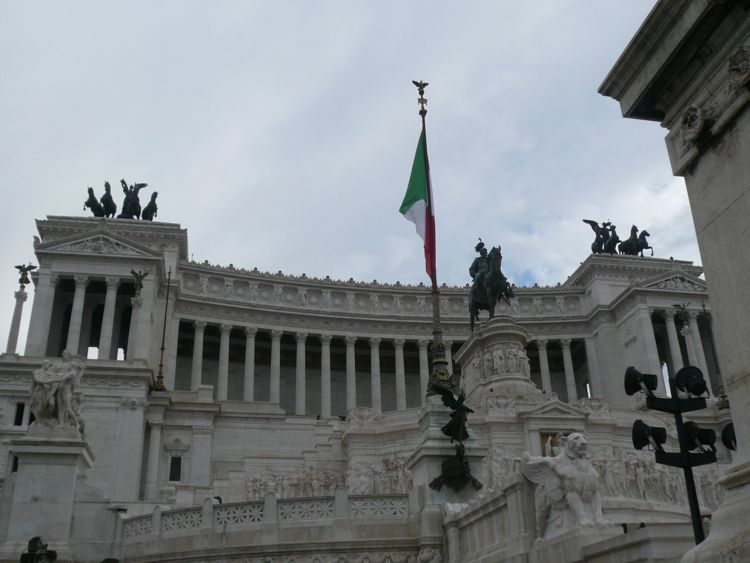

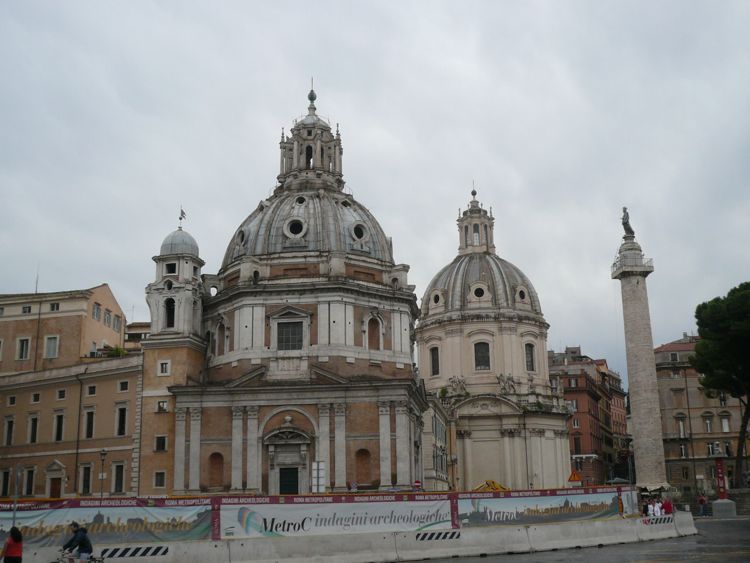

The Italiam Capital
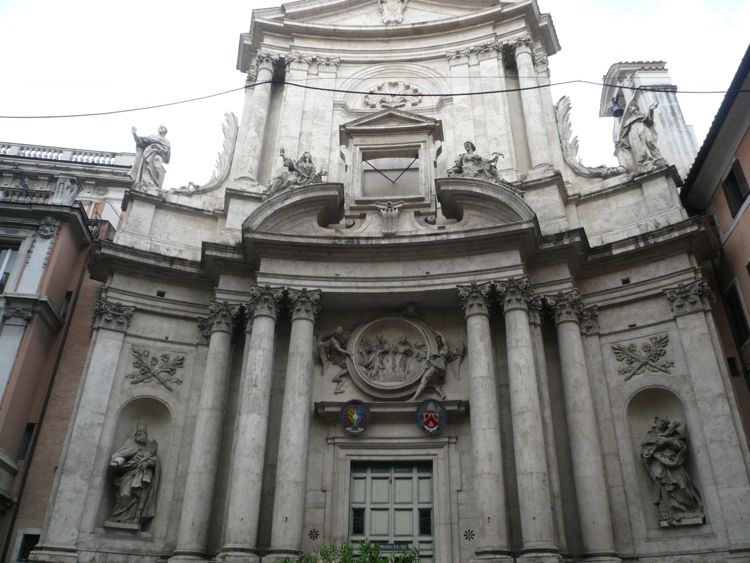


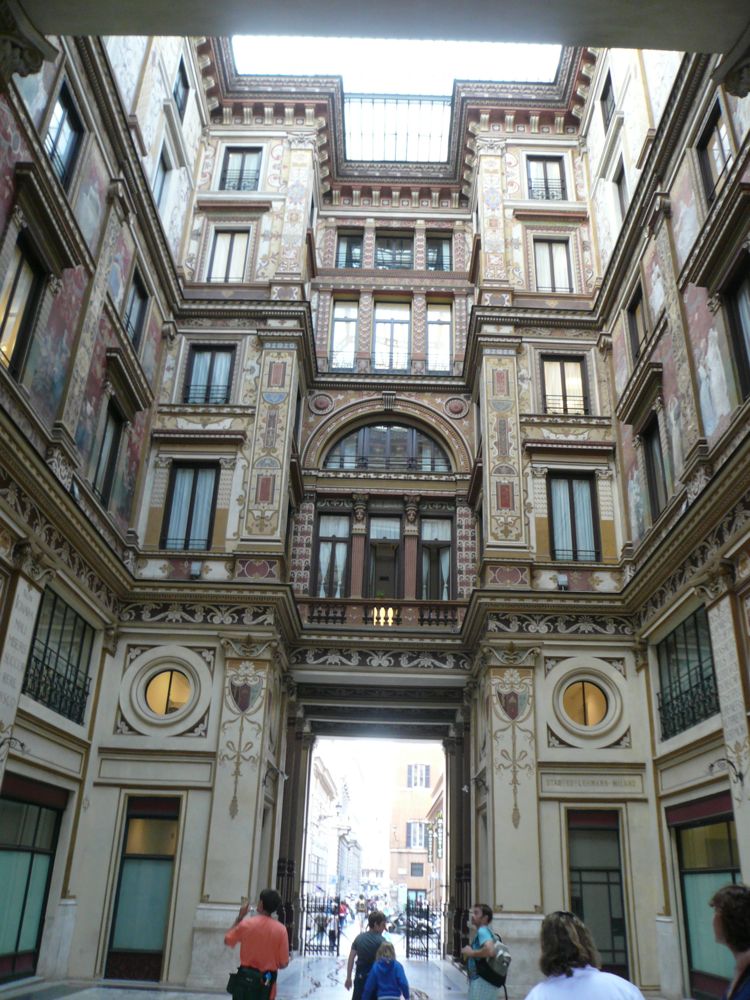

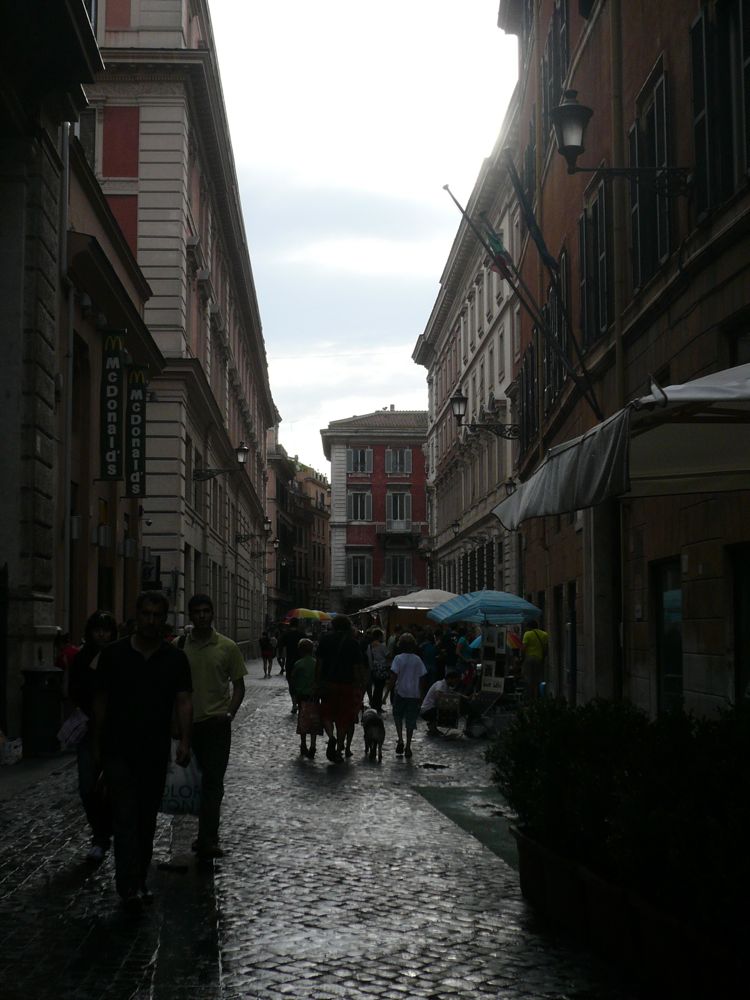
Trevi Fountain


The Trevi Fountain (Italian: Fontana di Trevi) is a fountain in the Trevi rione in Rome, Italy. Standing 25.9 meters (85 feet) high and 19.8 meters (65 feet) wide,[citation needed] it is the largest Baroque fountain in the city, and it is one of the most famous fountains in the whole world

Did you know? - In 1629 Pope Urban VIII, finding the earlier fountain insufficiently dramatic, asked Gian Lorenzo Bernini to sketch possible renovations, but when the Pope died, the project was abandoned. Bernini's lasting contribution was to resite the fountain from the other side of the square to face the Quirinal Palace (so the Pope could look down and enjoy it). Though Bernini's project was torn down for Salvi's fountain, there are many Bernini touches in the fountain as it was built. An early, striking and influential model by Pietro da Cortona, preserved in the Albertina, Vienna, also exists, as do various early 18th century sketches, most unsigned, as well as a project attributed to Nicola Michetti[6] one attributed to Ferdinando Fuga and a French design by Edme Bouchardon.
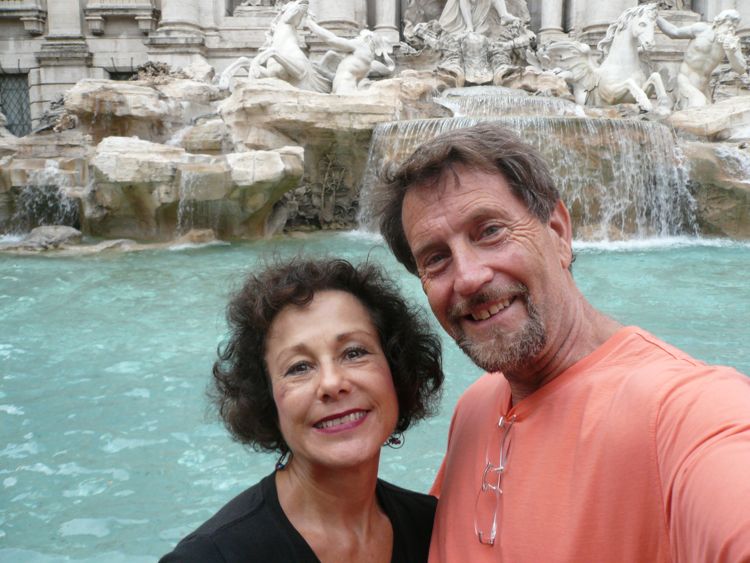

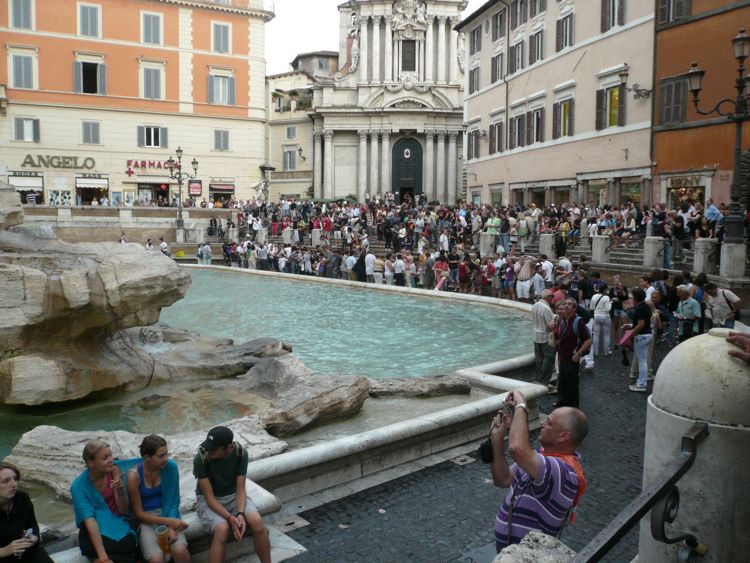
Did you know? - A traditional legend holds that if visitors throw a coin into the fountain, they are ensured a return to Rome.[10] Among those who are unaware that the "three coins" of Three Coins in the Fountain were thrown by three different individuals, a reported current interpretation is that two coins will lead to a new romance and three will ensure either a marriage or divorce. Another reported version of this legend is that it is lucky to throw three coins with one's right hand over one's left shoulder into the Trevi Fountain.
An estimated 3,000 euros are thrown into the fountain each day. The money has been used to subsidize a supermarket for Rome's needy.[ However, there are regular attempts to steal coins from the fountain

Did you know? - The fountain was refurbished in 1998; the stonework was scrubbed and the fountain provided with recirculating pumps.


Onward
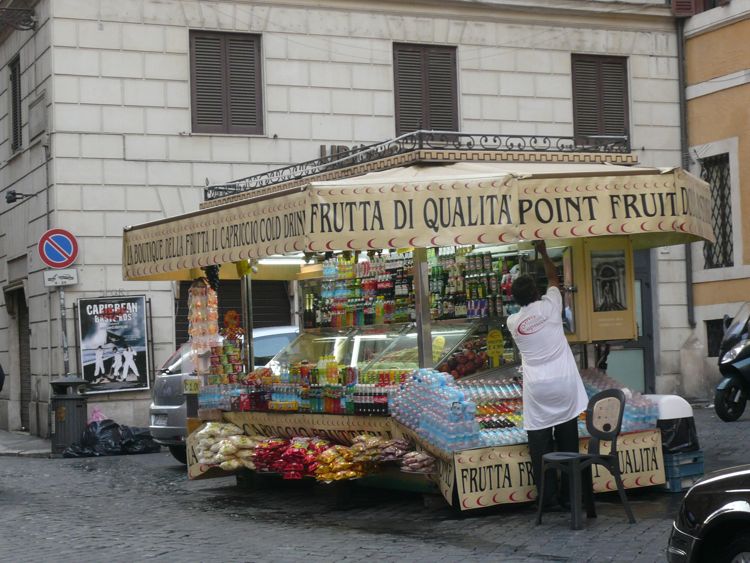

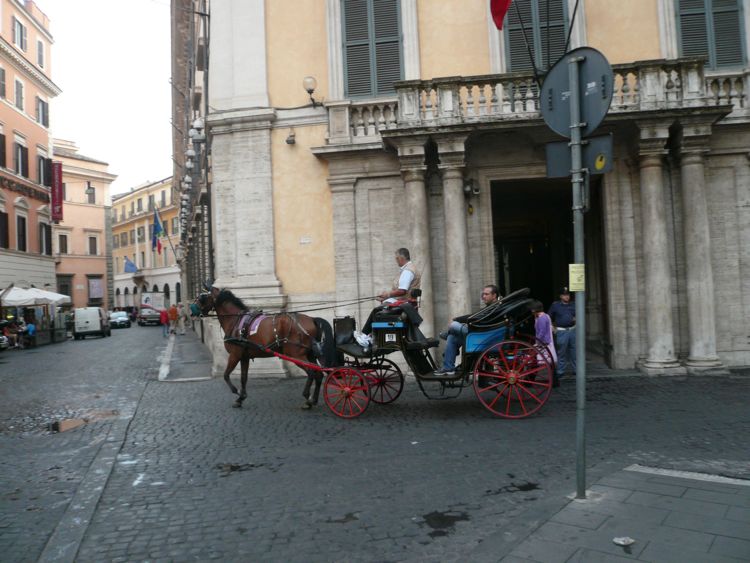

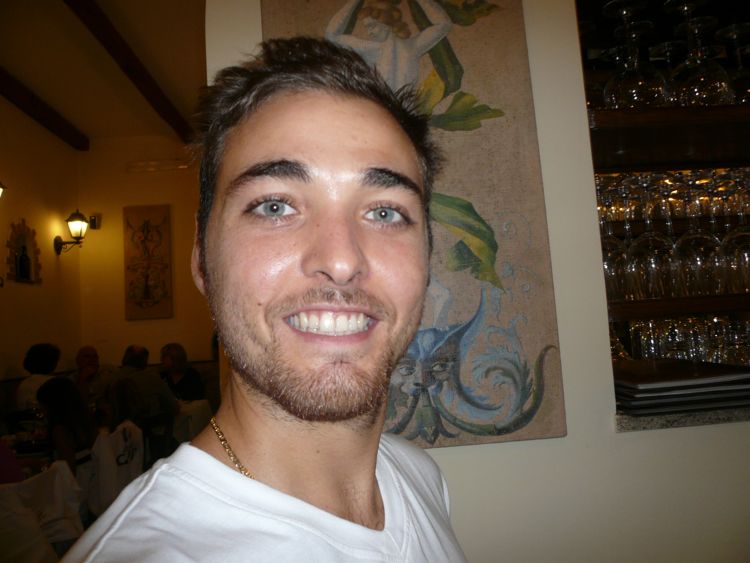

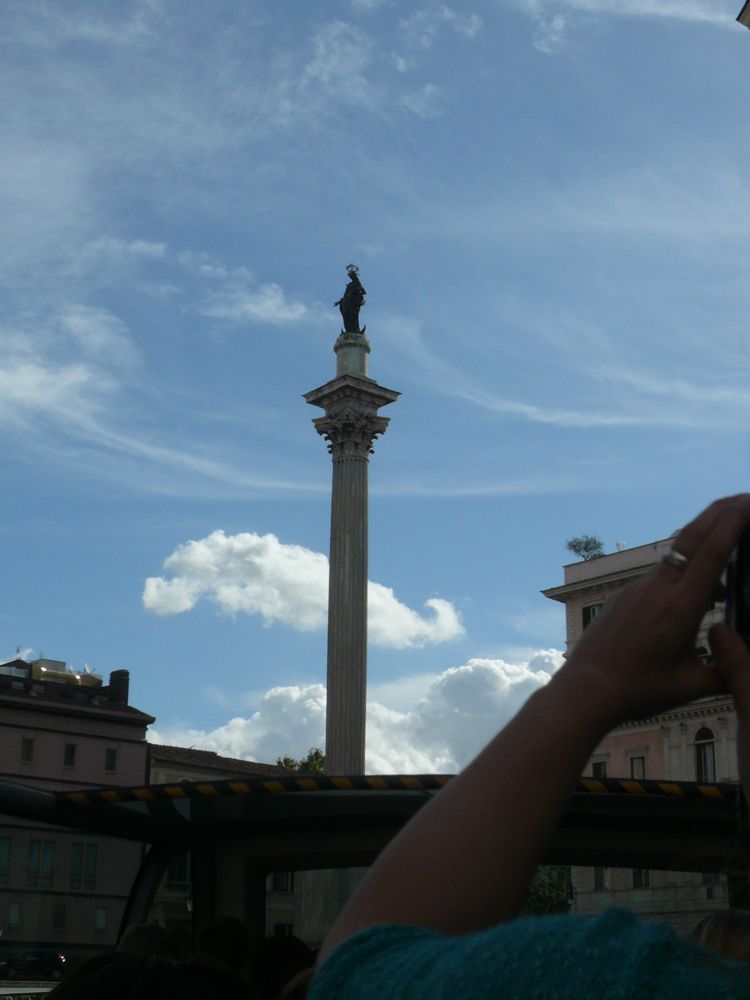


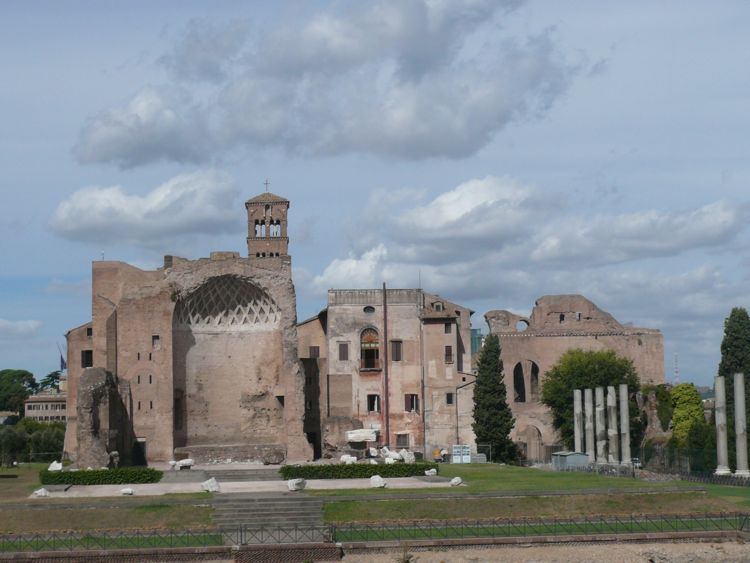
The Roman Forum
Did you know? - The Roman Forum, also known by its original Latin designation (Latin: Forum Romanum, Italian: Foro Romano), is located between the Palatine Hill and the Capitoline Hill of the city of Rome, Italy. Citizens of the ancient city referred to the location as the "Forum Magnum" or just the "Forum". It is part of the centralised area around which the ancient Roman civilization developed.
The oldest and most important structures of the ancient city were located in or near the Forum. These include its ancient former royal residency the Regia as well as the surrounding complex of the Vestal Virgins, both of which were rebuilt after the rise of imperial Rome. The kingdom's earliest shrines and temples were located on the forum's western edge. These shrines developed into the Republic's formal Comitium, where the Senate, as well as Republican government began. The Senate House, government offices, Tribunals, religious monuments, memorials and statues cluttered the area.
Over time the archaic Comitium would be replaced by the larger Forum, moving government to the Basilica Aemilia. 80 years later the Basilica Julia would be built along with the new Curia Julia moving both the judicial offices and the senate itself. The Forum would serve as the new city square where the people of Rome could gather for political, judicial and religious ritual in greater number. The Forum became the economic hub of the city, as well as the center of the Kingdom, Republic and Empire.
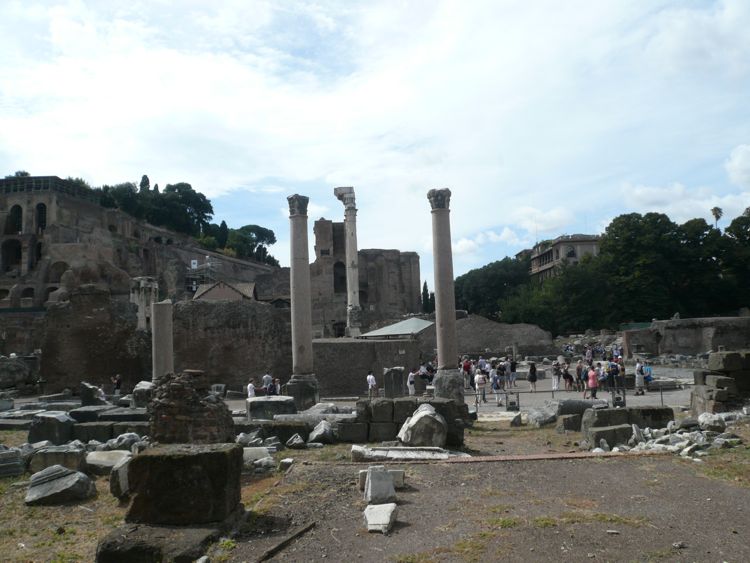

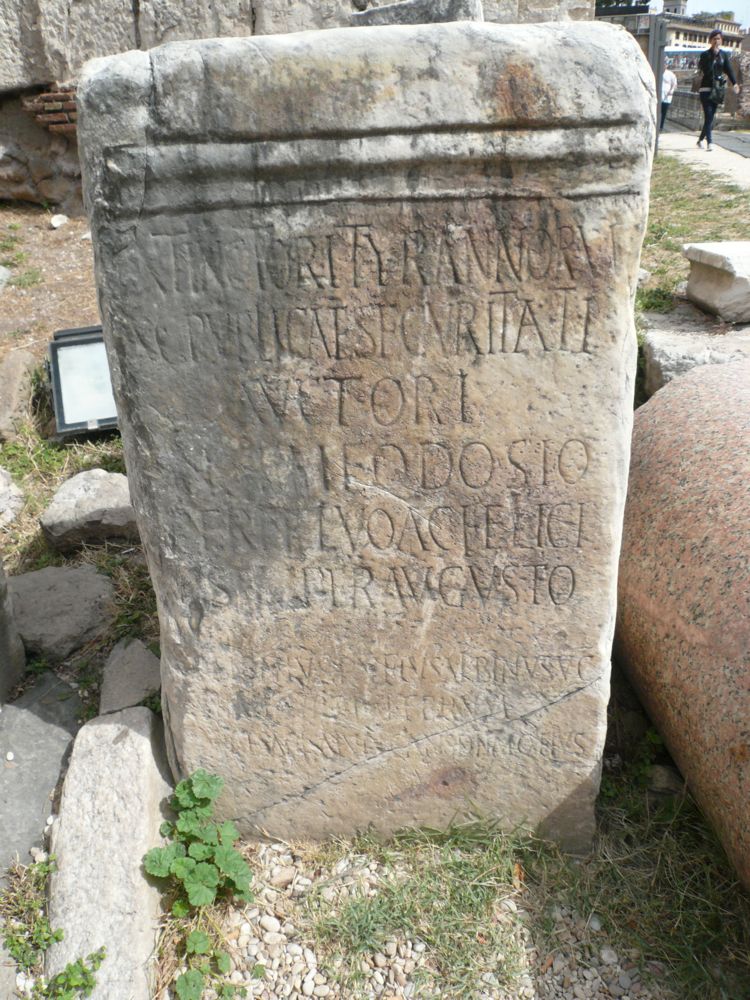


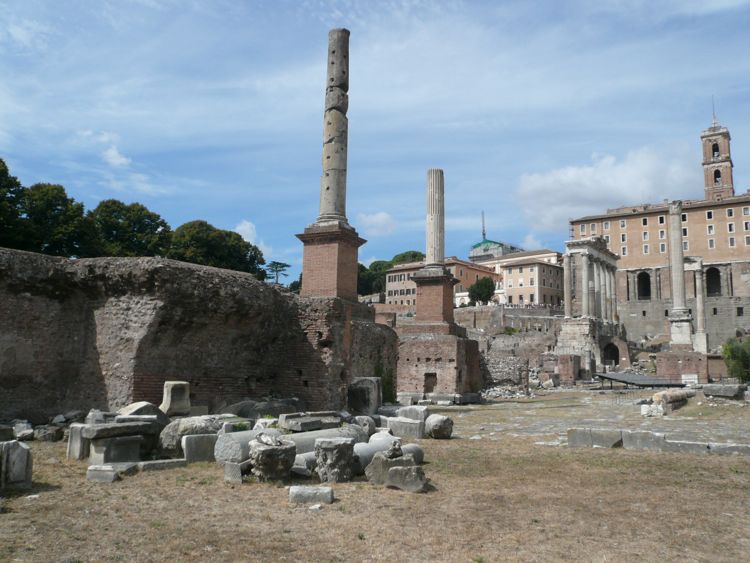


The inscription near Ara di Cesare at the Roman


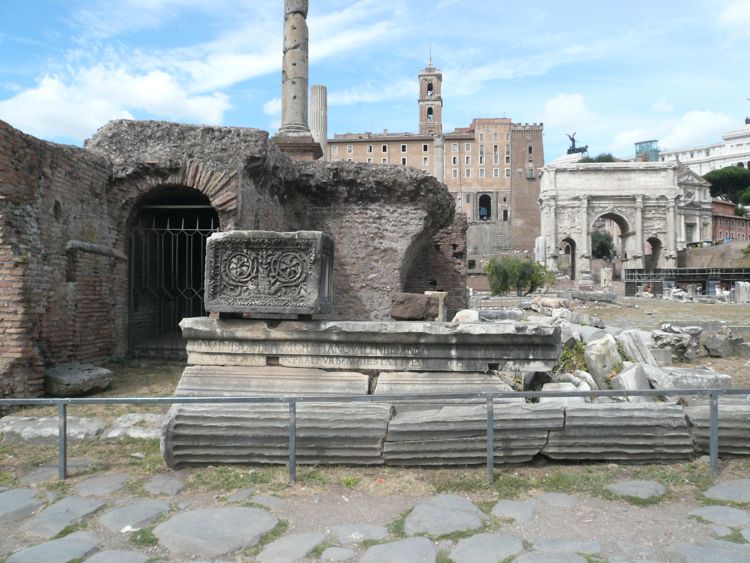

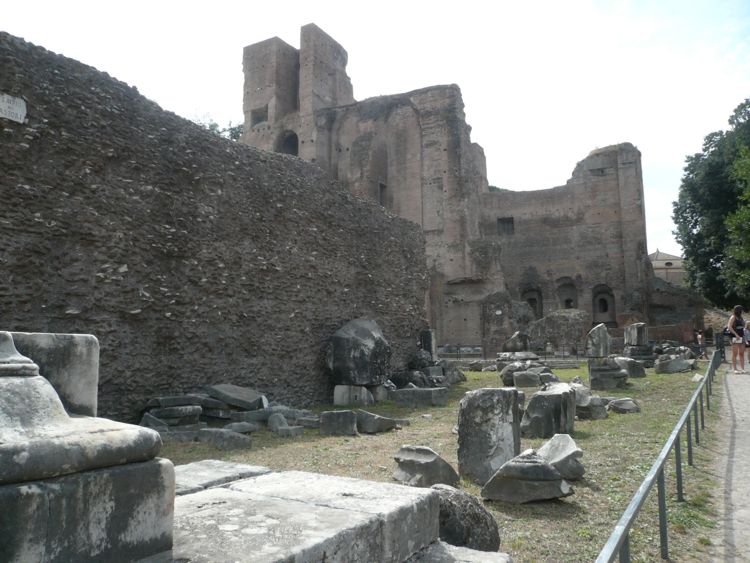




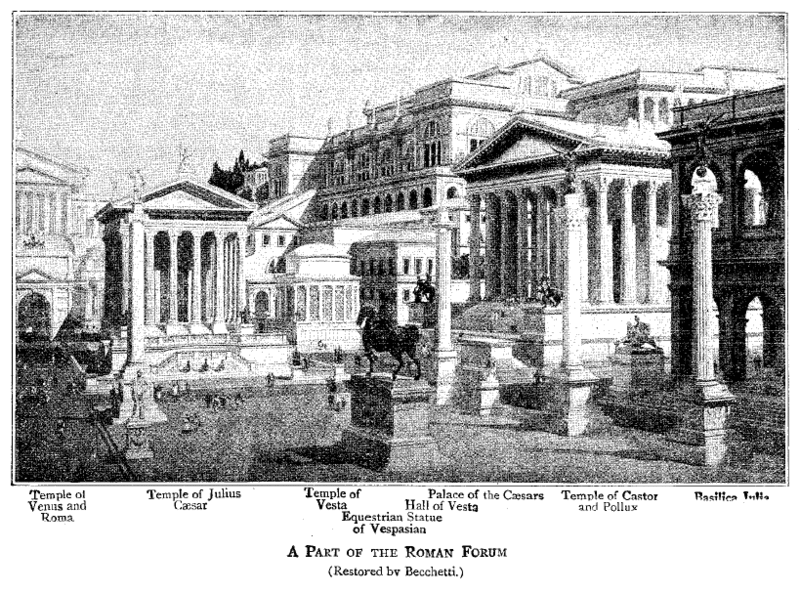


Click to see the full panorama
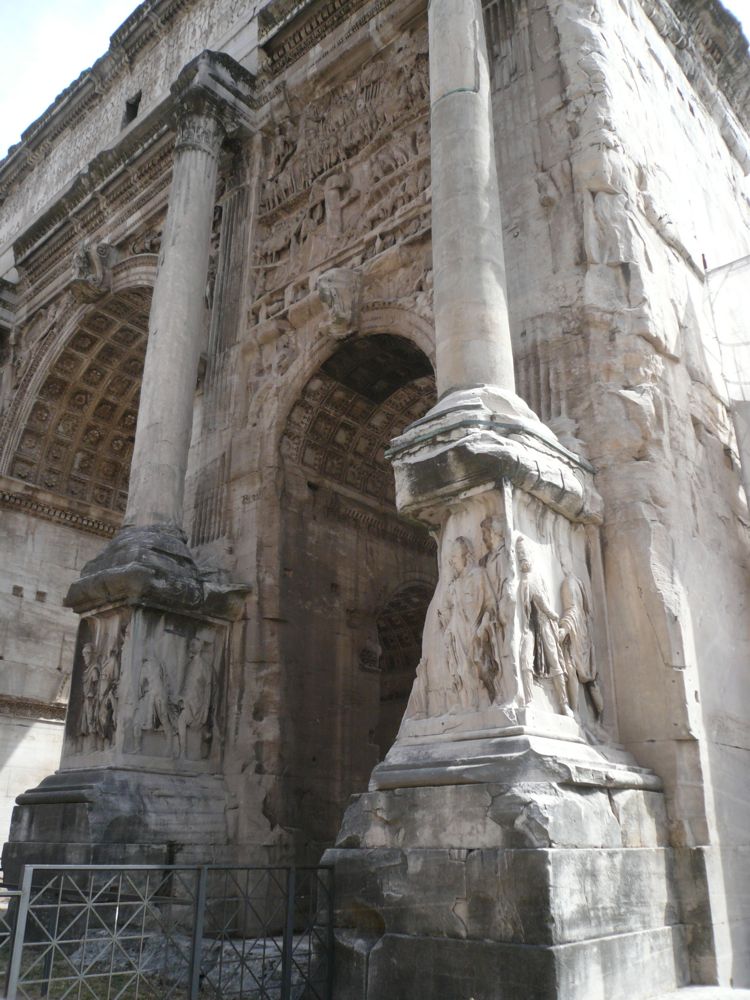
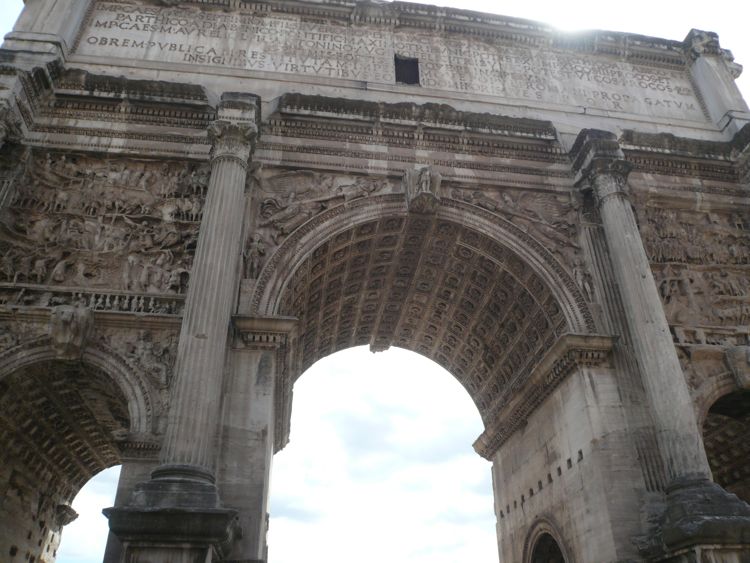
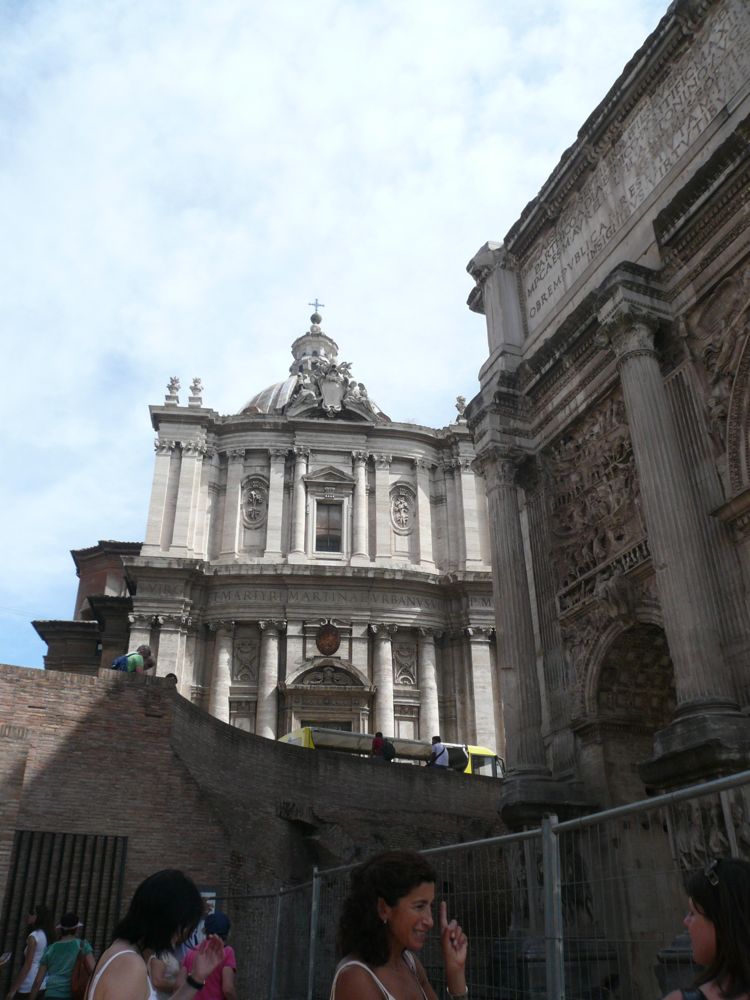
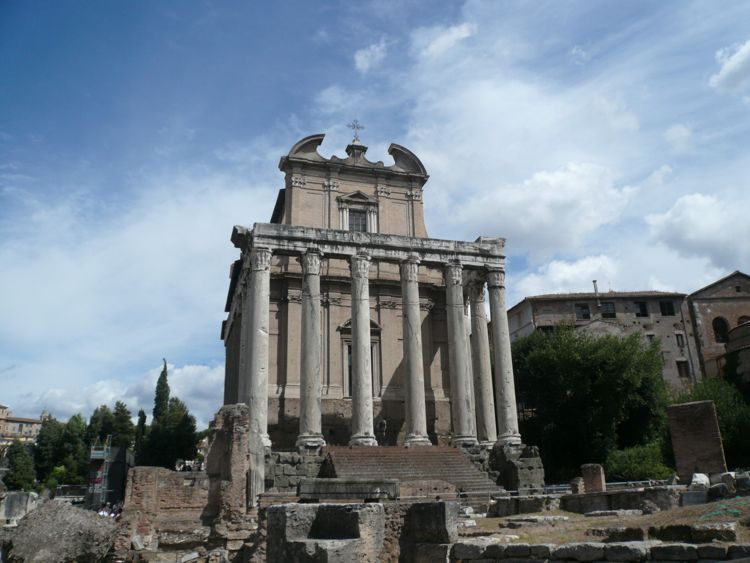
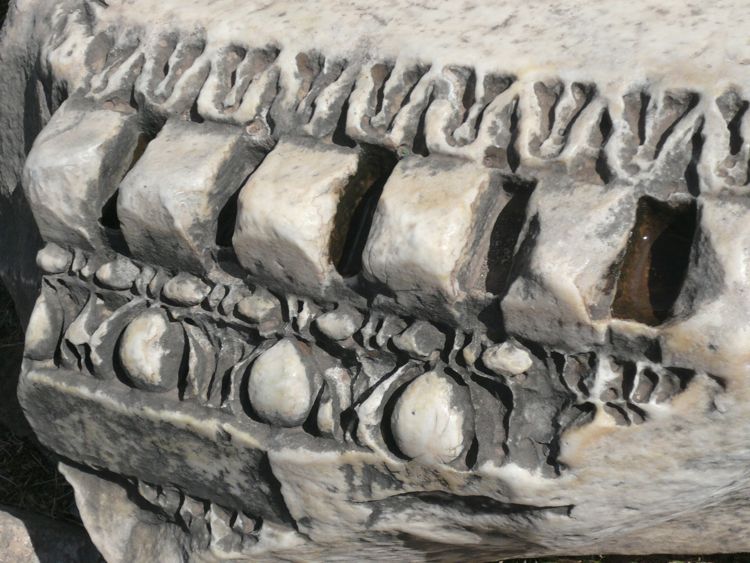





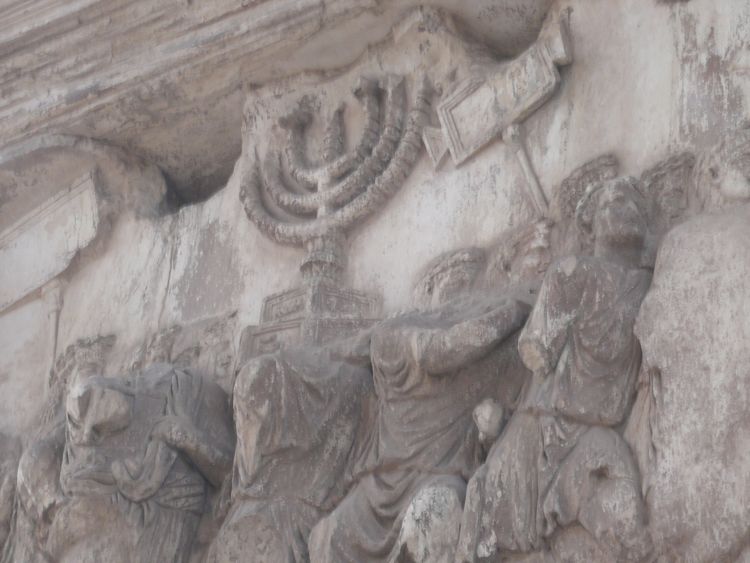
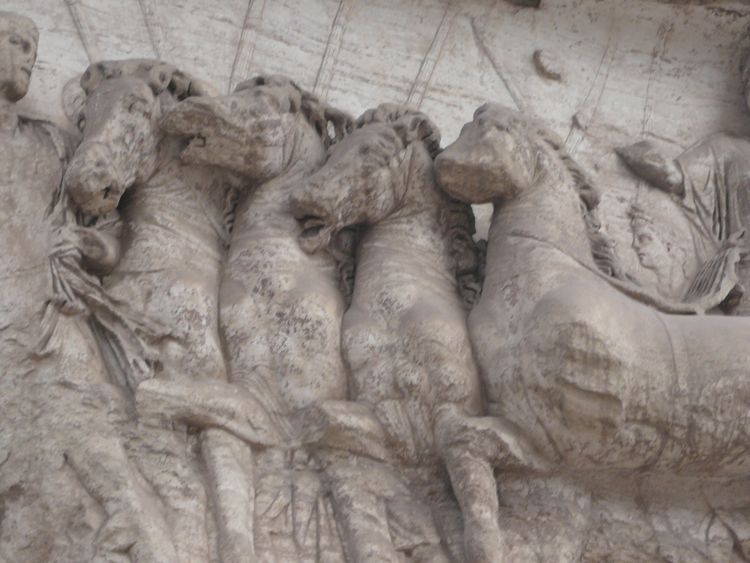
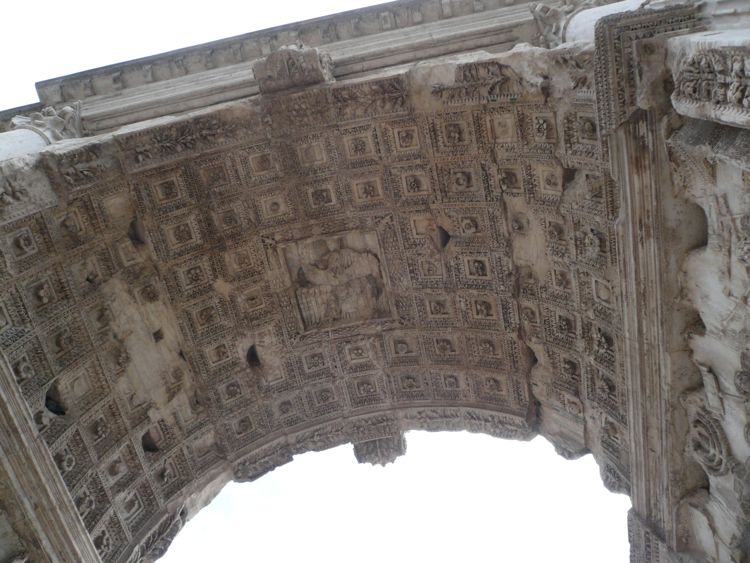
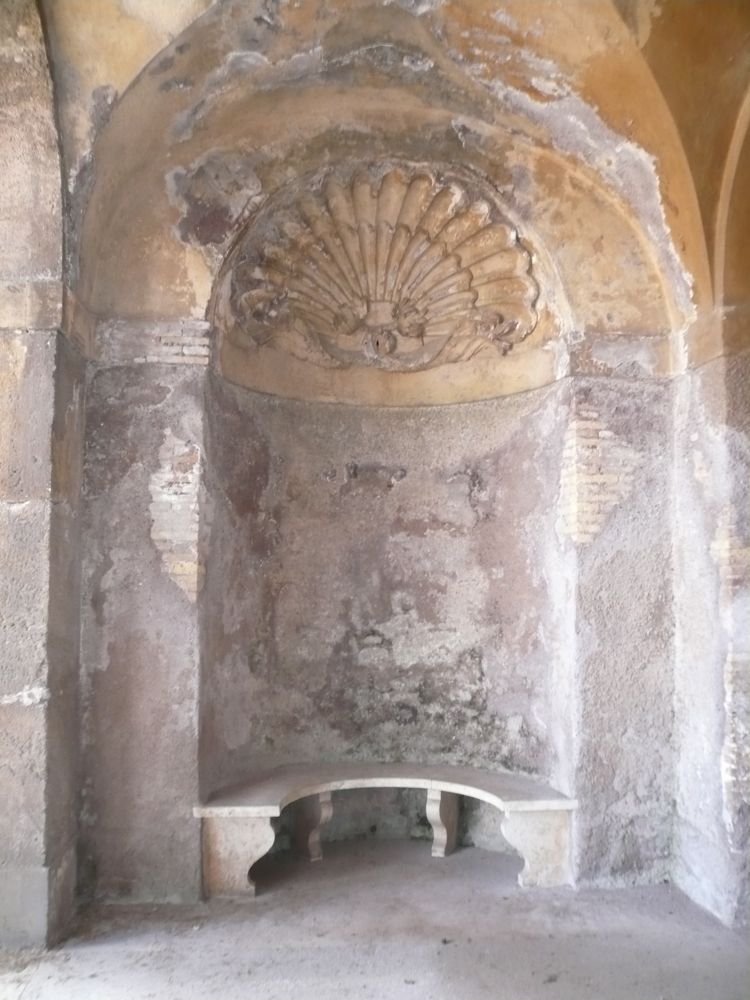
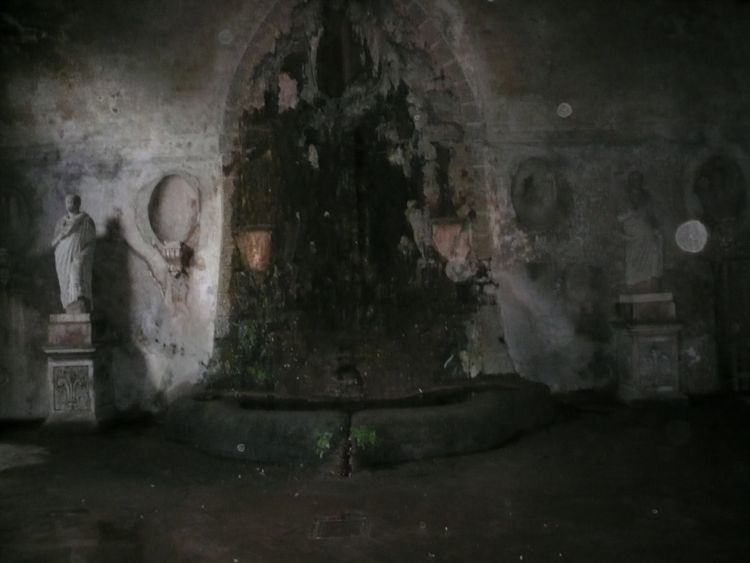


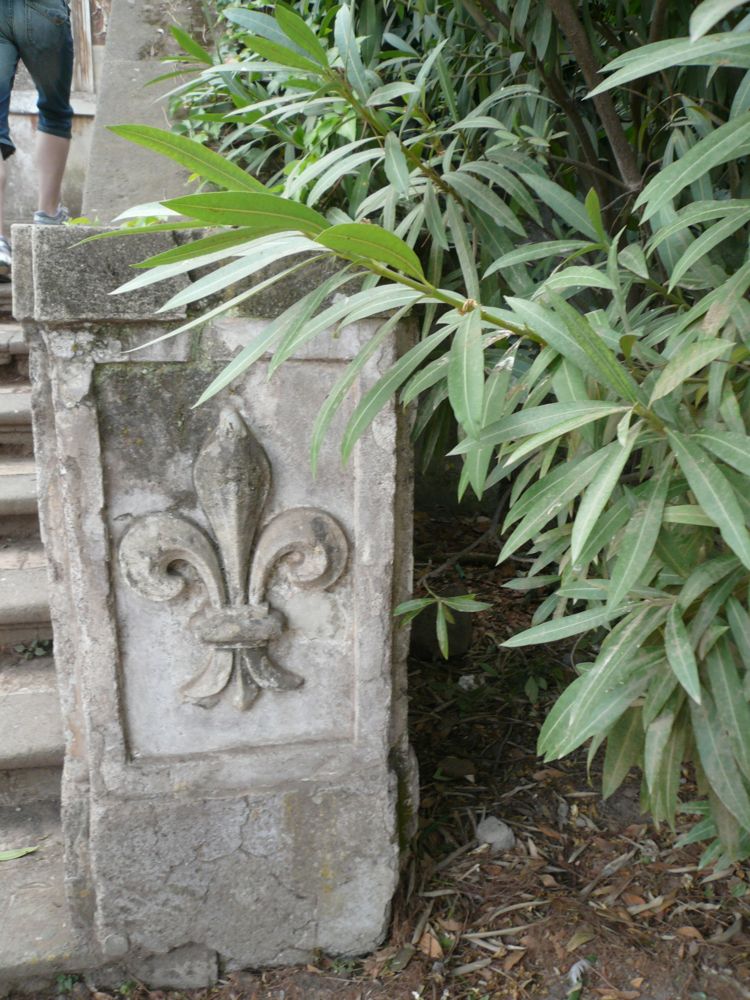
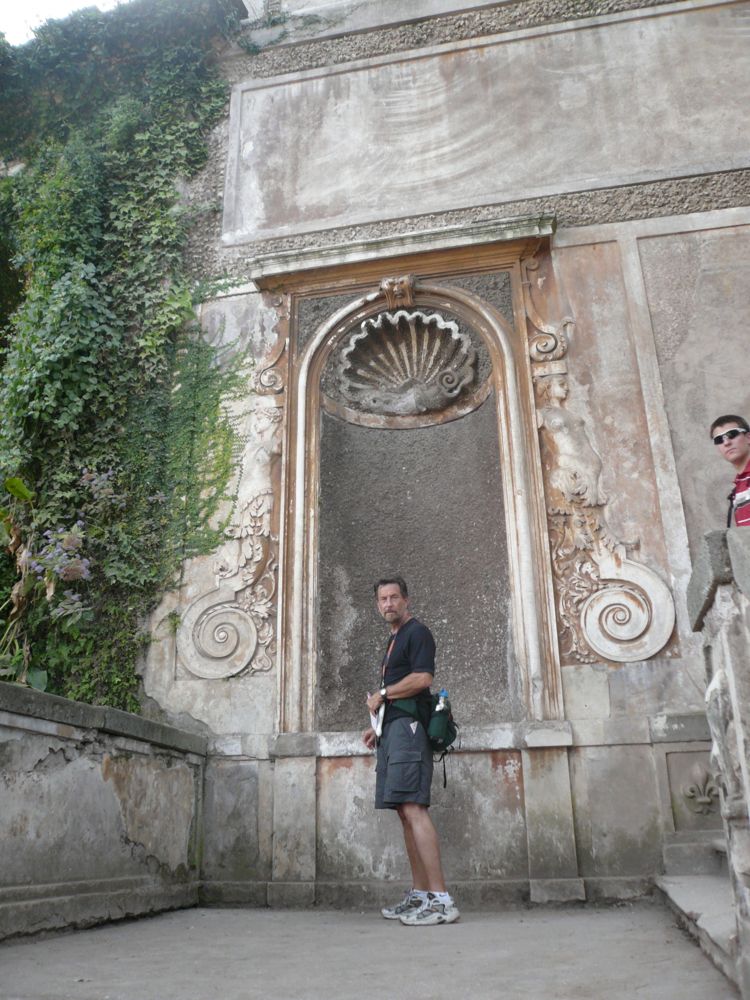

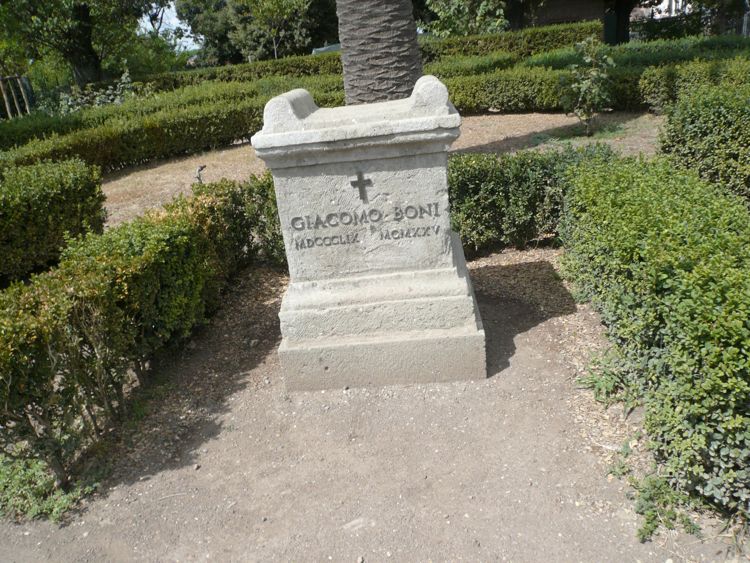

Boni in 1925
Did you know? - Giacomo Boni (25 April 1859 – 10 July 1925) was an Italian archaeologist specializing in Roman architecture.
Born in Venice, Boni studied architecture at the Academy of Fine Arts in his native city and later dedicated himself to extensive and important excavations in the Forum Romanum in Rome. His early work as an architect in Venice involved him in the restoration of the Doge's Palace there. During this time he demonstrated his technical skill. He later studied architecture in the Accademia di Belle Arti.

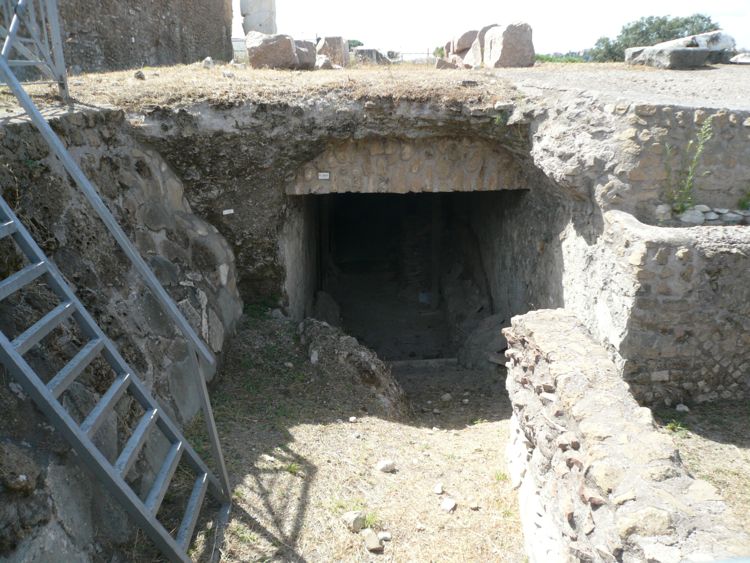


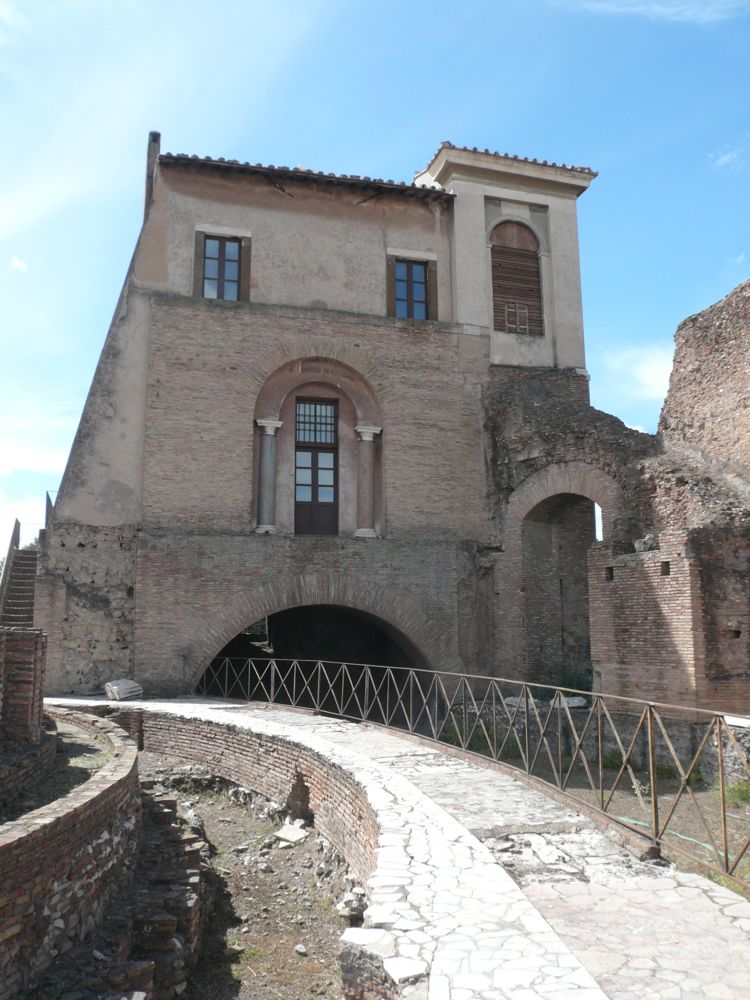

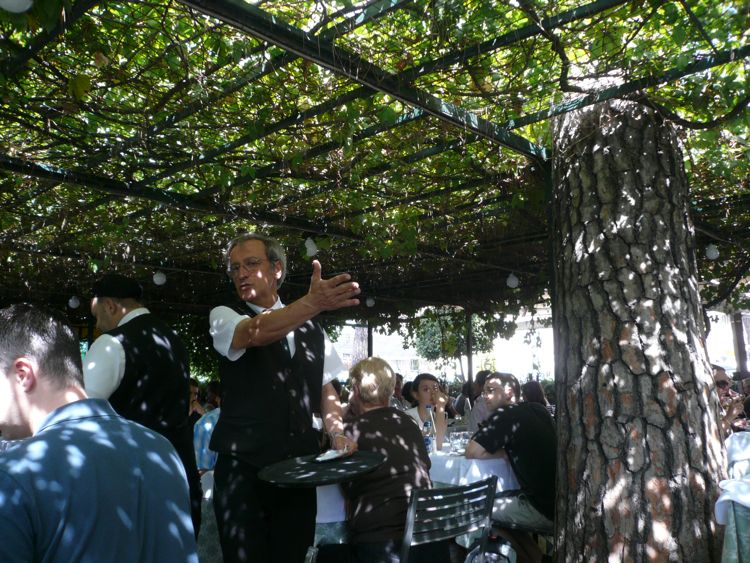





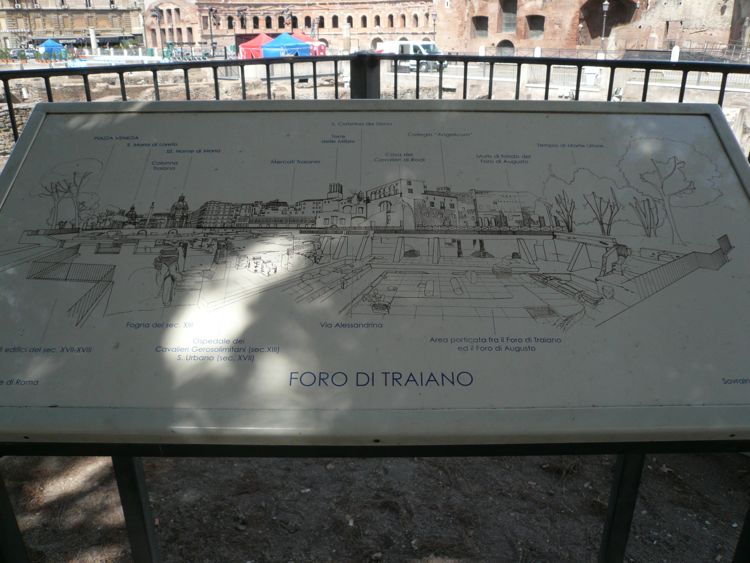
Did you know? - The Forum was built from a vast stoa-lined piazza measuring 660 by 390 feet (200 x 120 m) with exedrae on two sides. The main entrance to the forum is on the southern side, a triumphal arch surmounted by a statue of Trajan in a six-horse chariot. The Basilica Ulpia lies at the north end of the piazza, which was cobbled with rectangular blocks of white marble and decorated by a large equestrian statue of Trajan. On either side of the piazza are markets, also housed by the exedrae.

Forum Romanum in Rome (Italy). This image shows a reconstruction view of the Trajan's Column in the Trajan's Forum and not the Roman Forum. The Column is in a sort of courtyard between the two libraries and you can see behind it the big "Basilica Ulpia". The building in first plan is the supposed Temple of Divus Trajanus (but now we know it was not in this position).
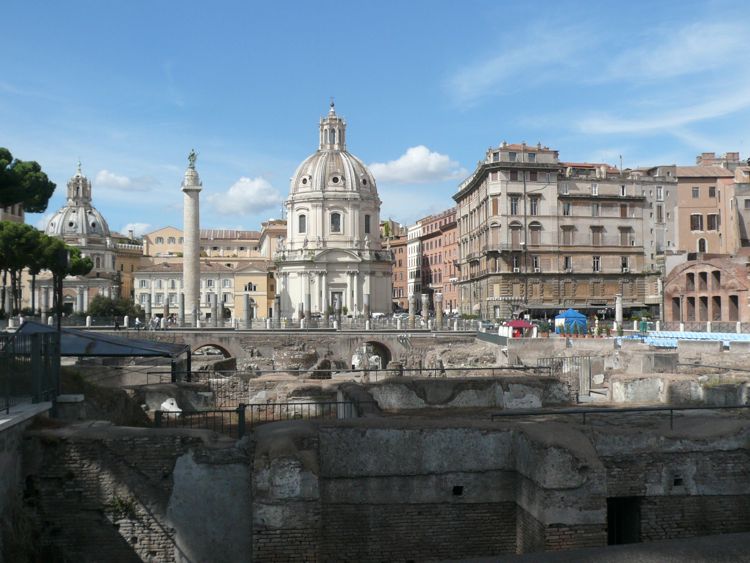

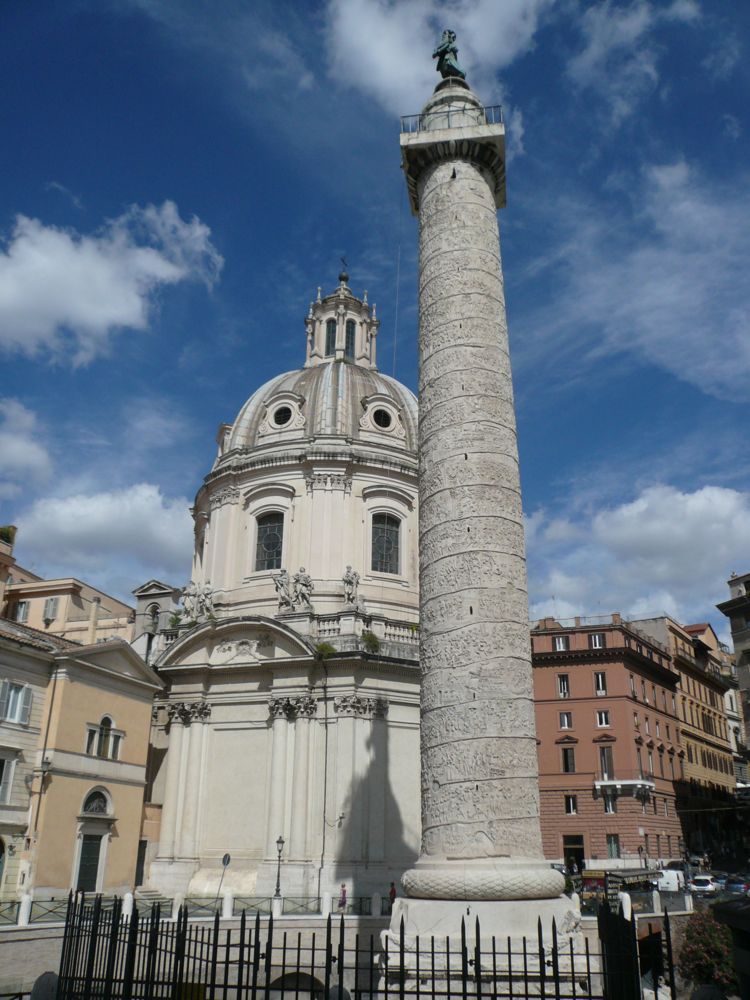




The Capital


